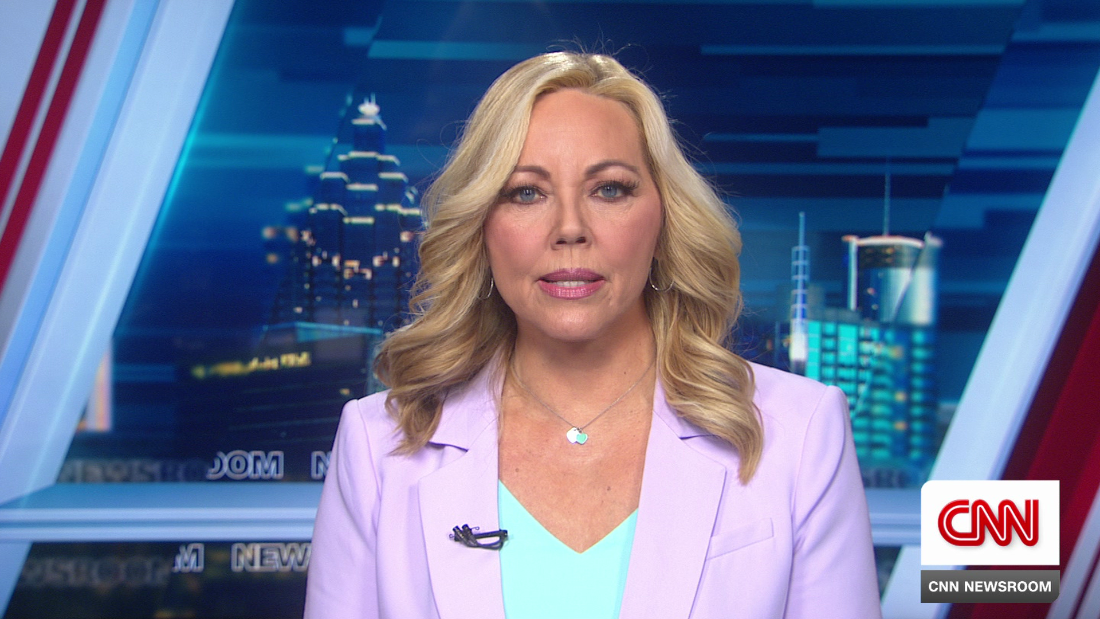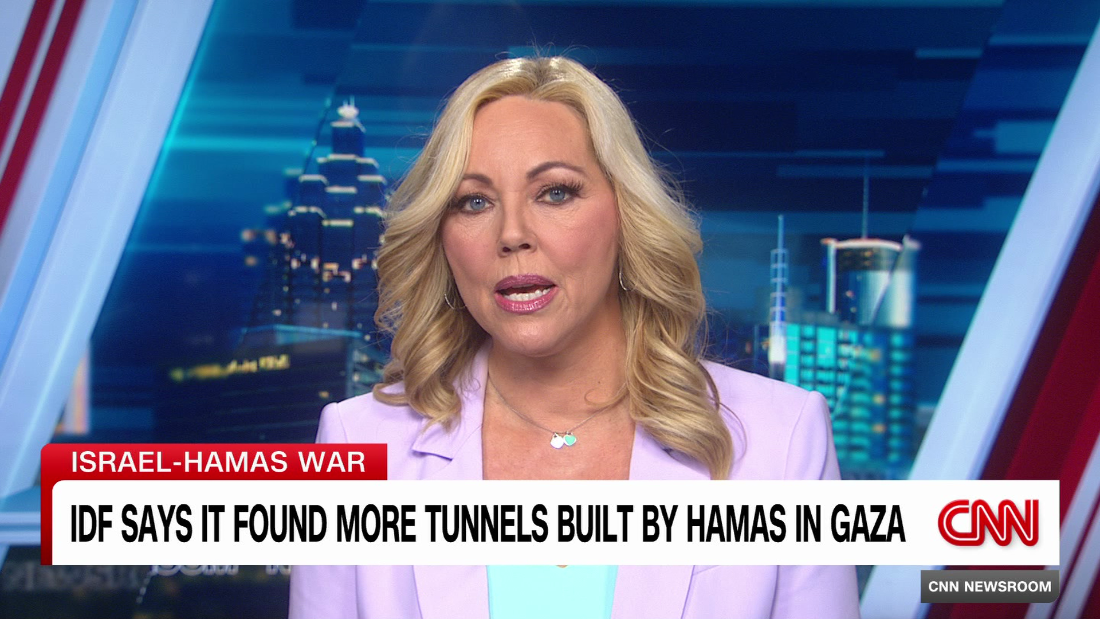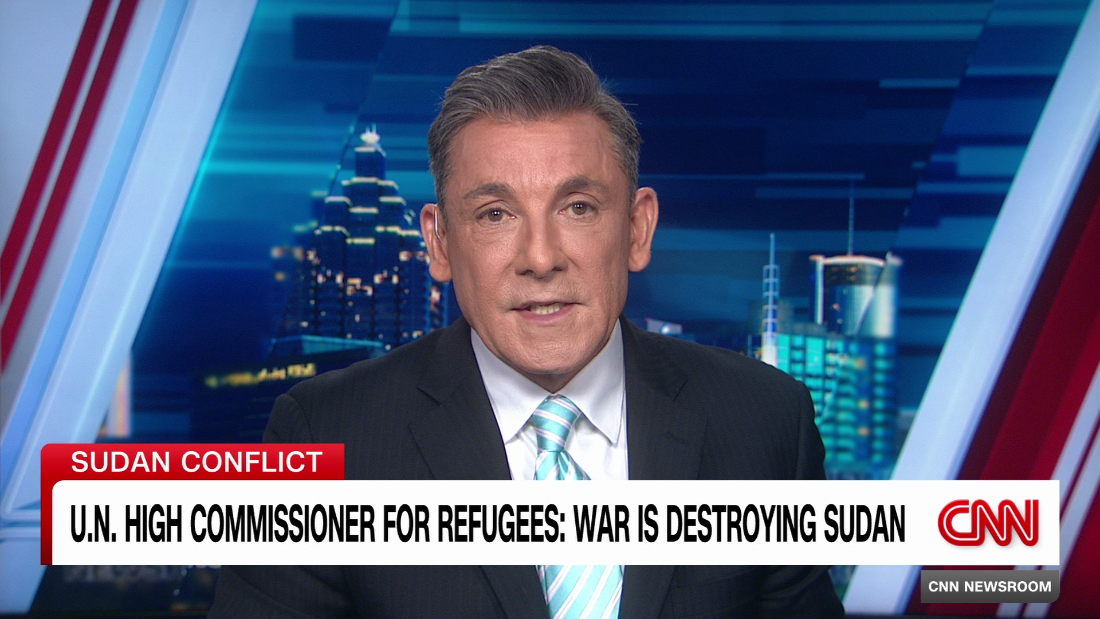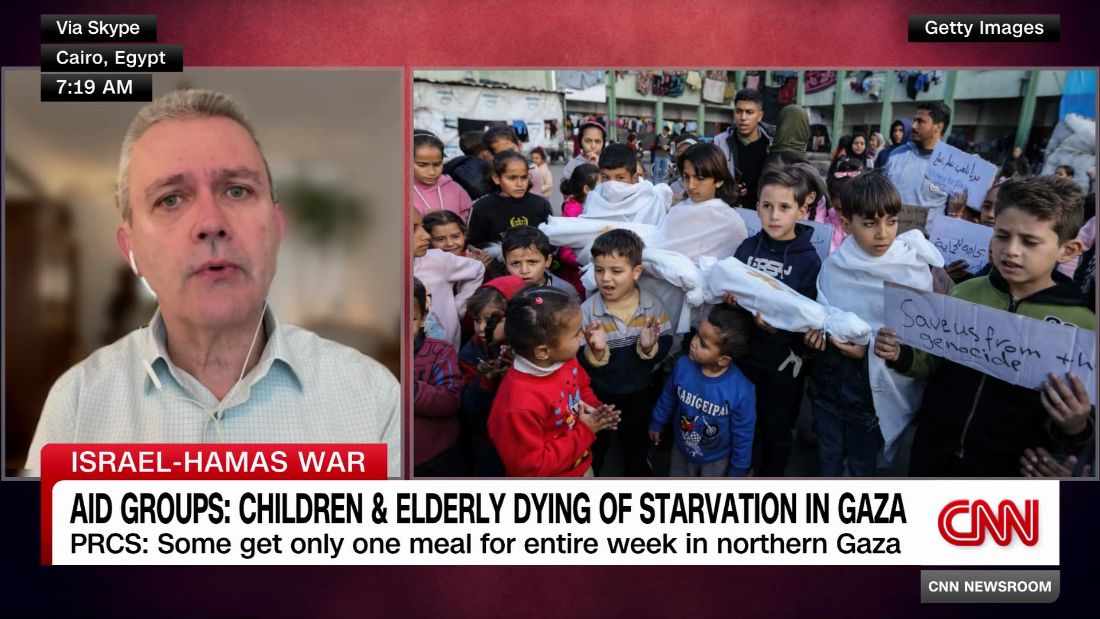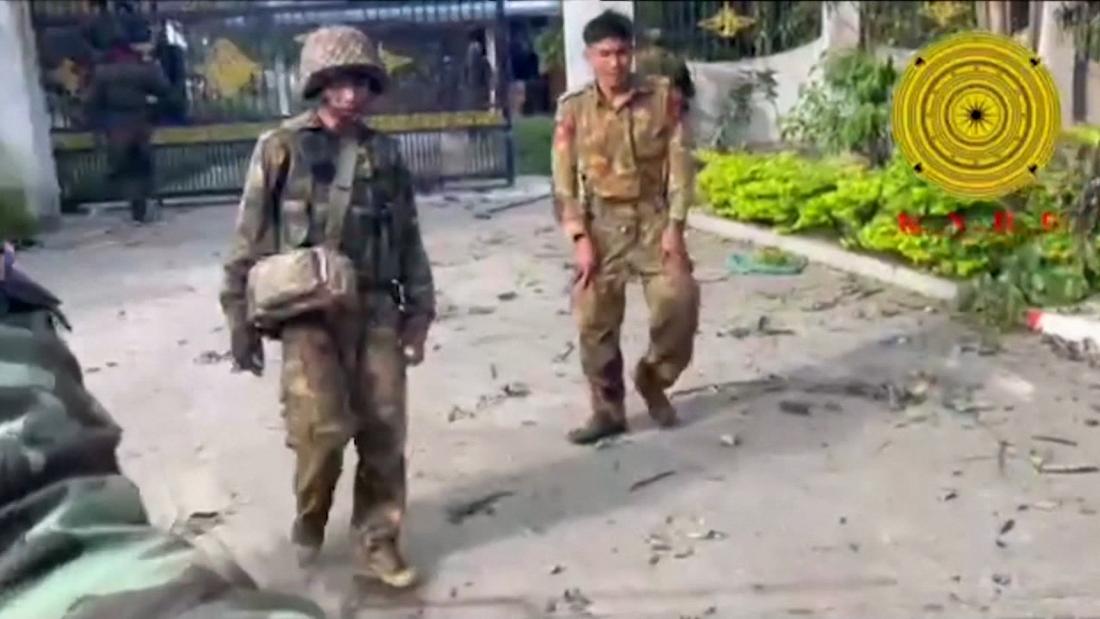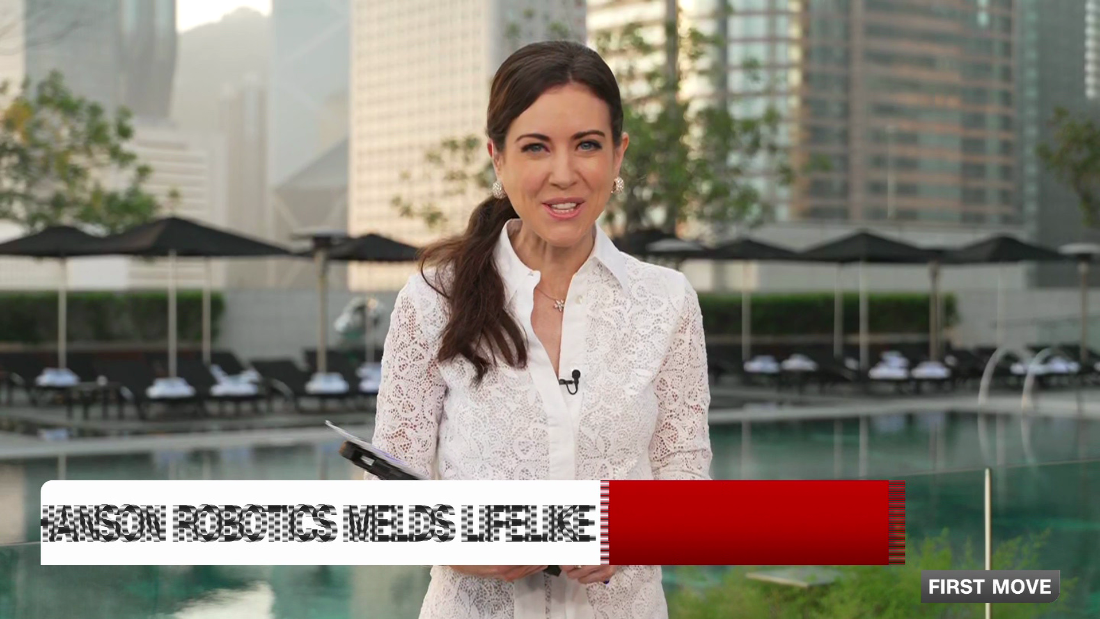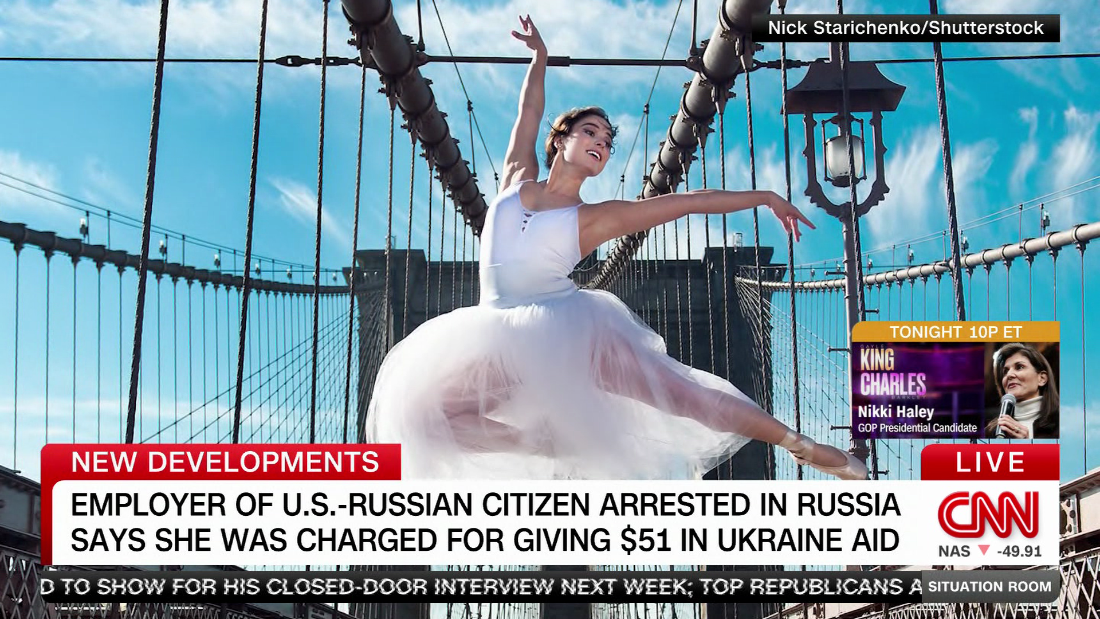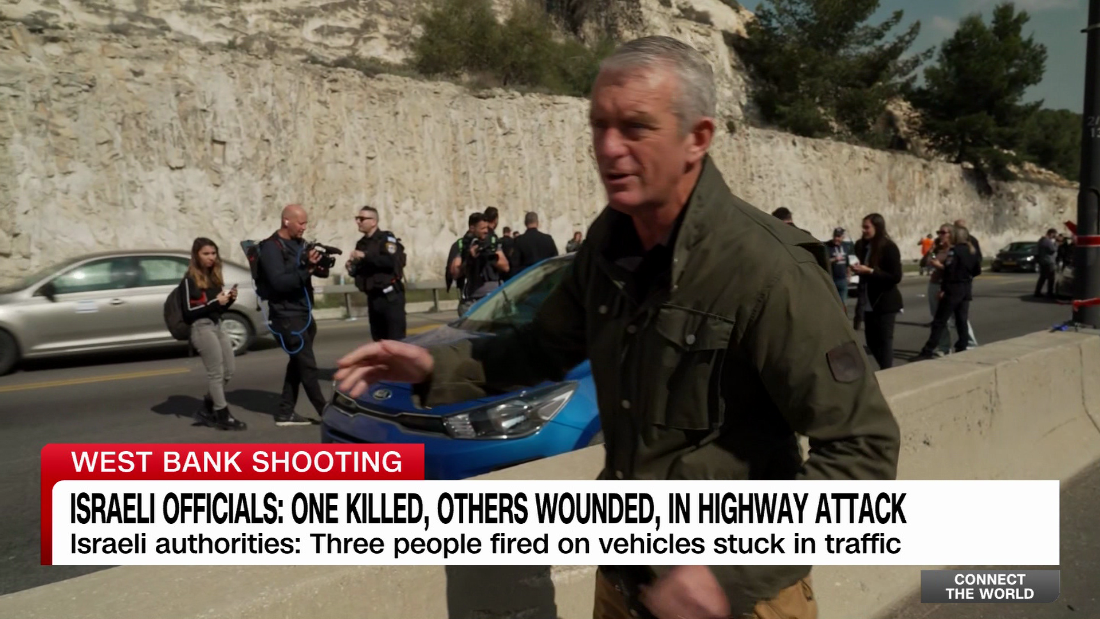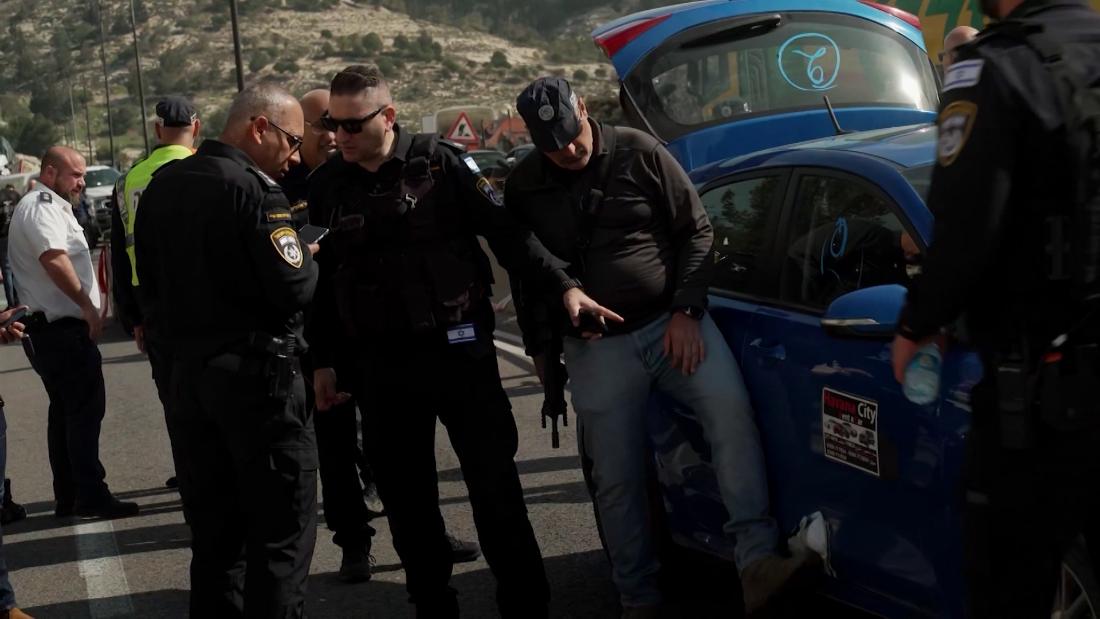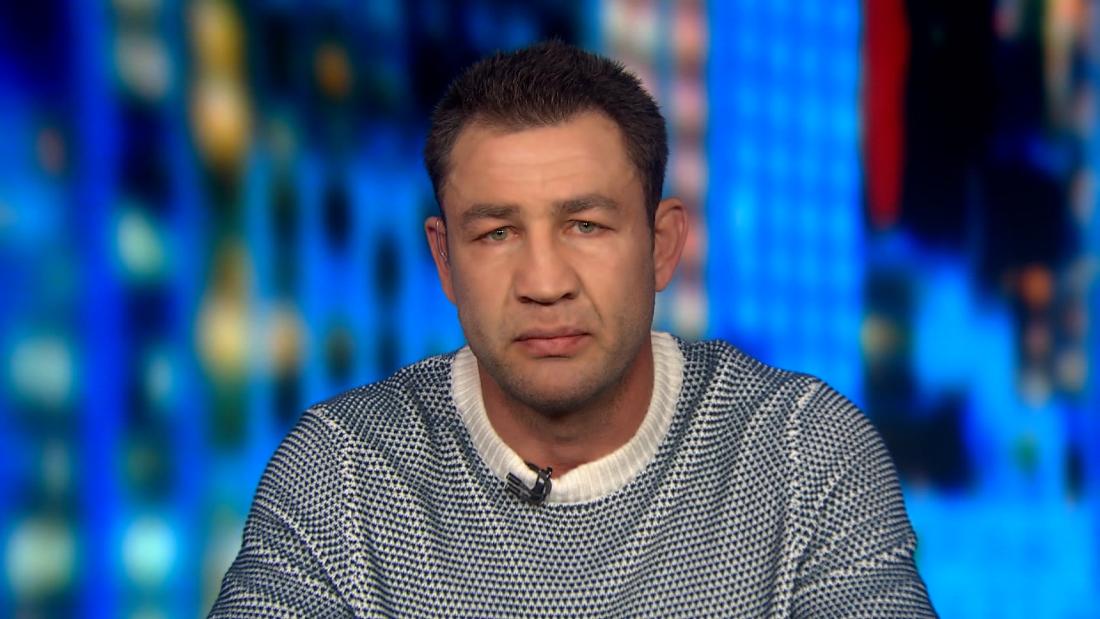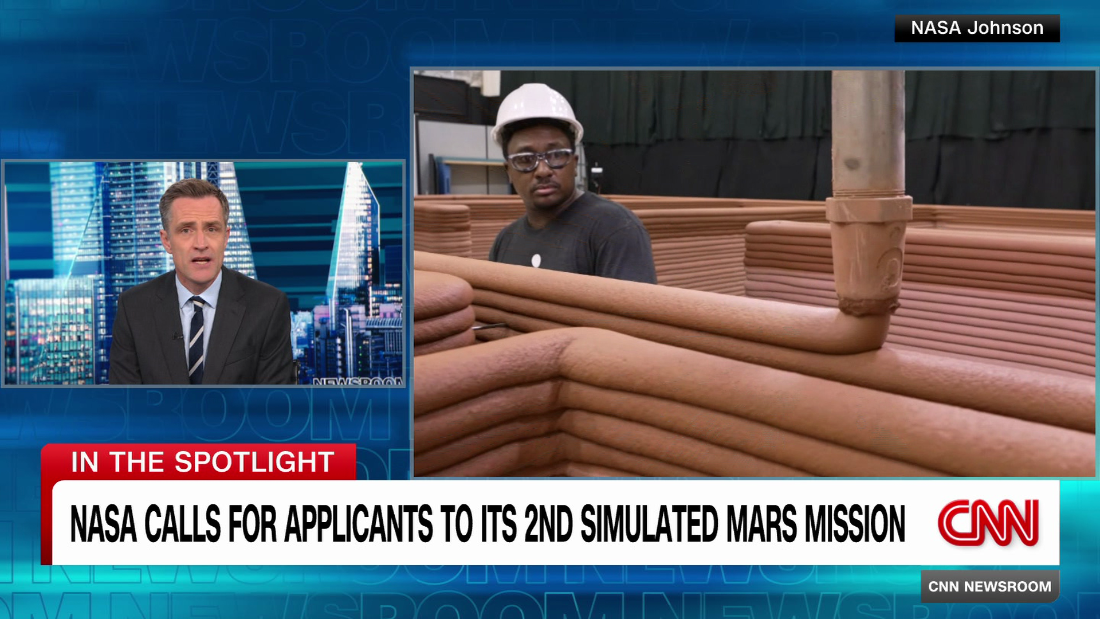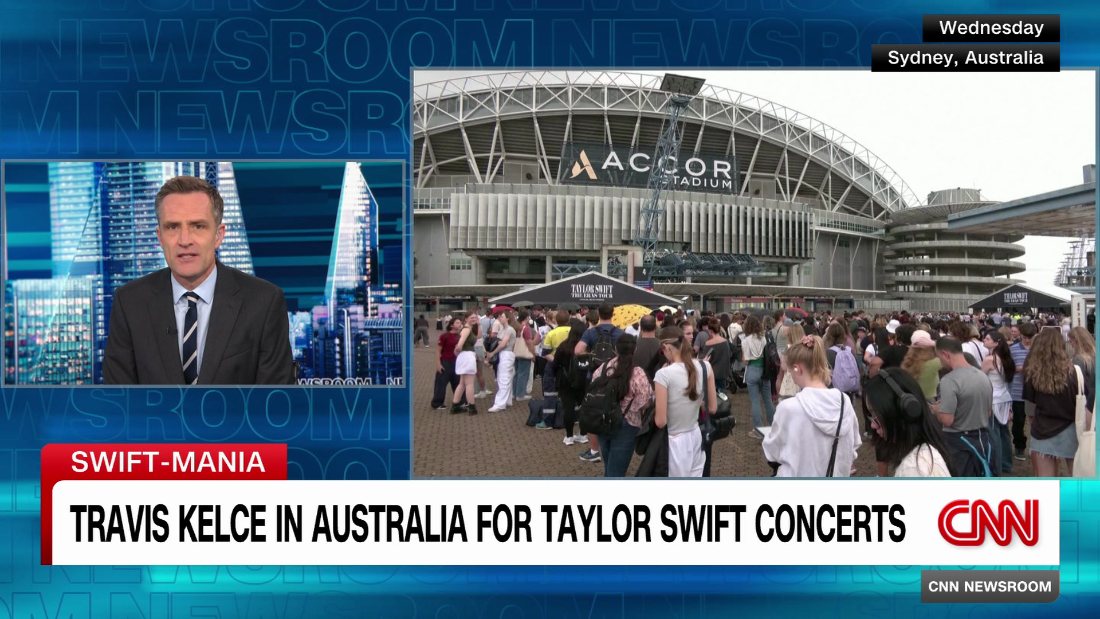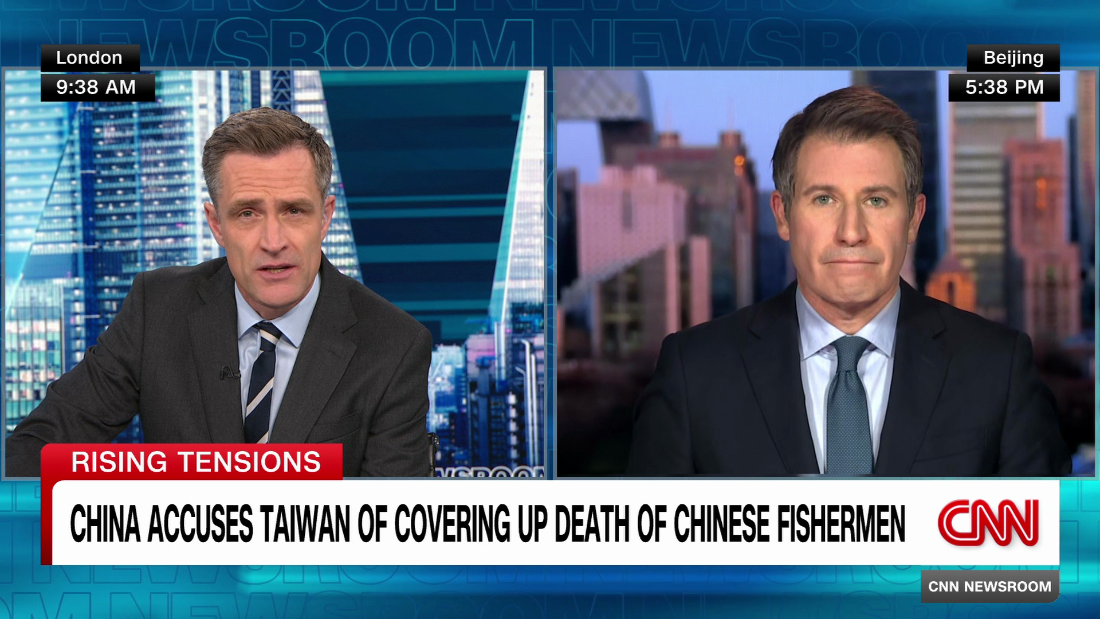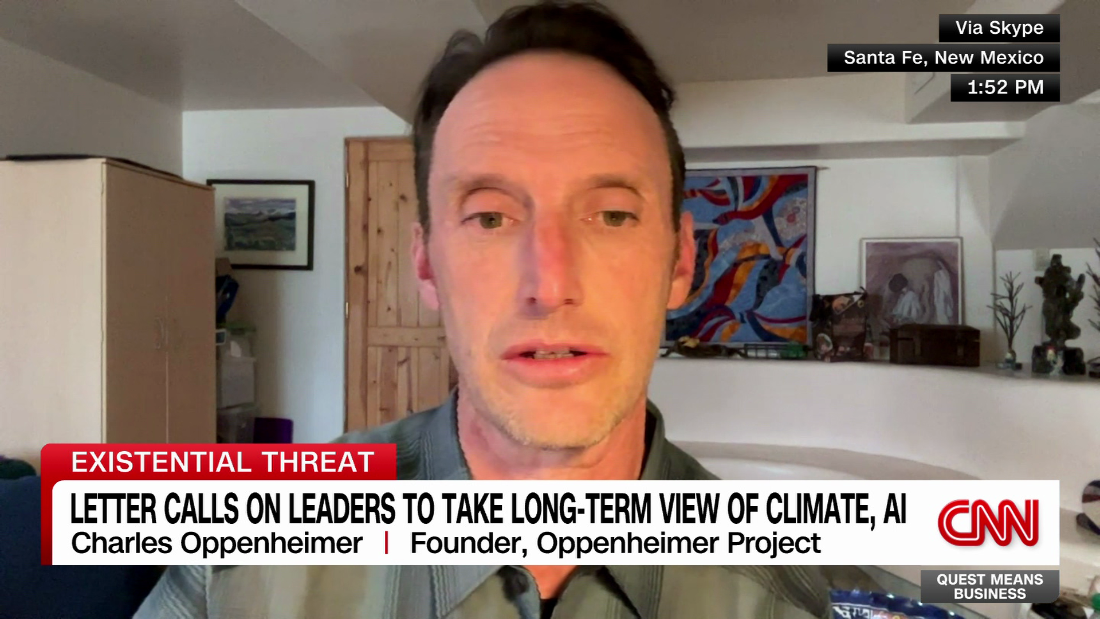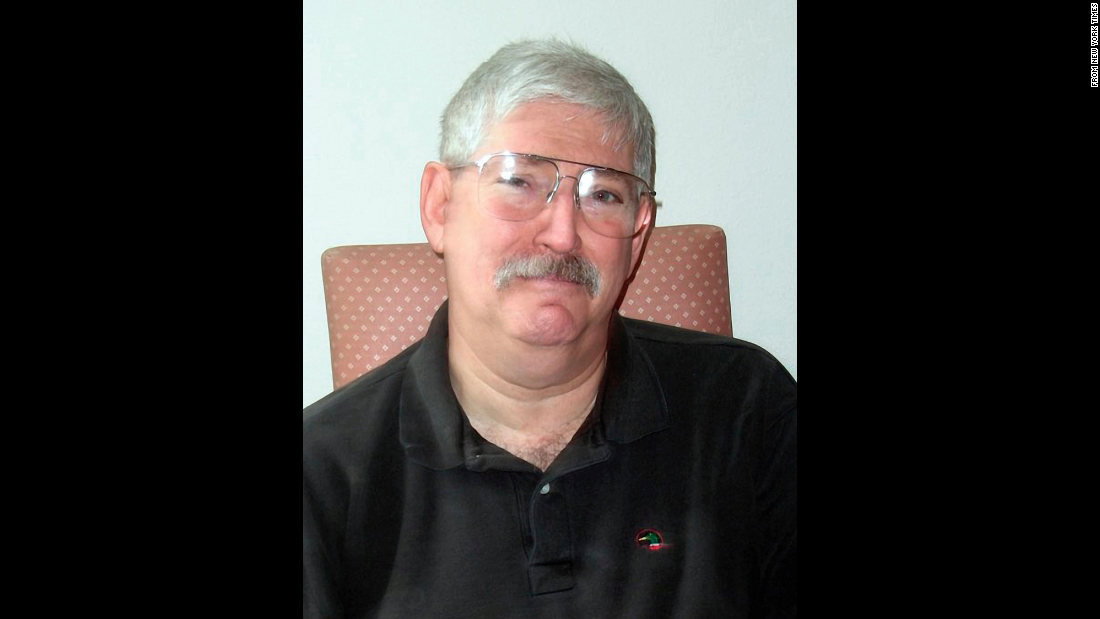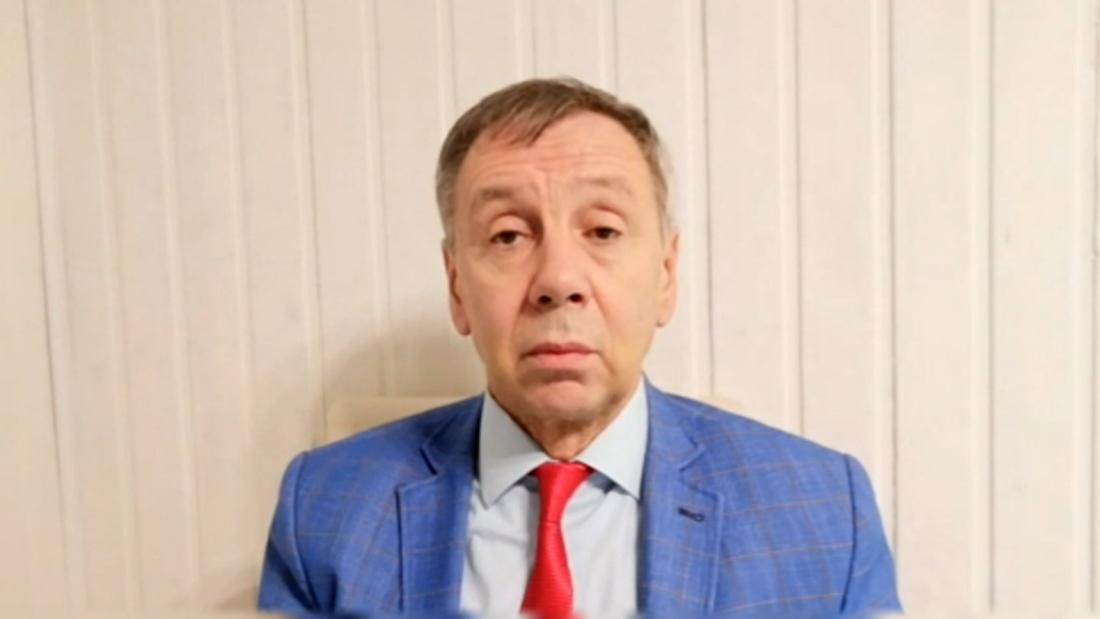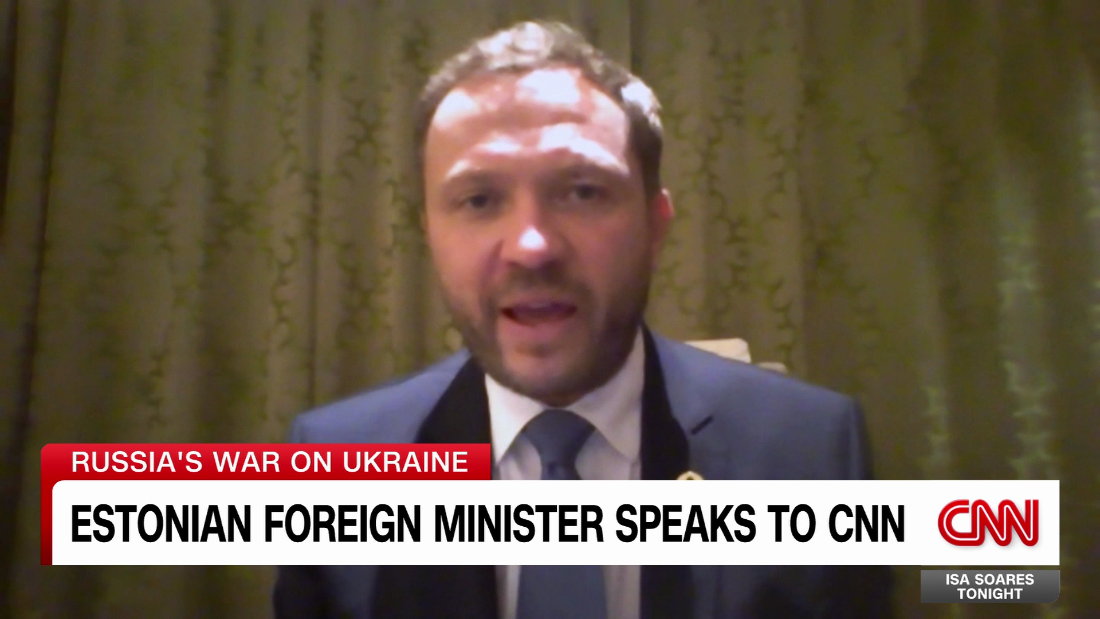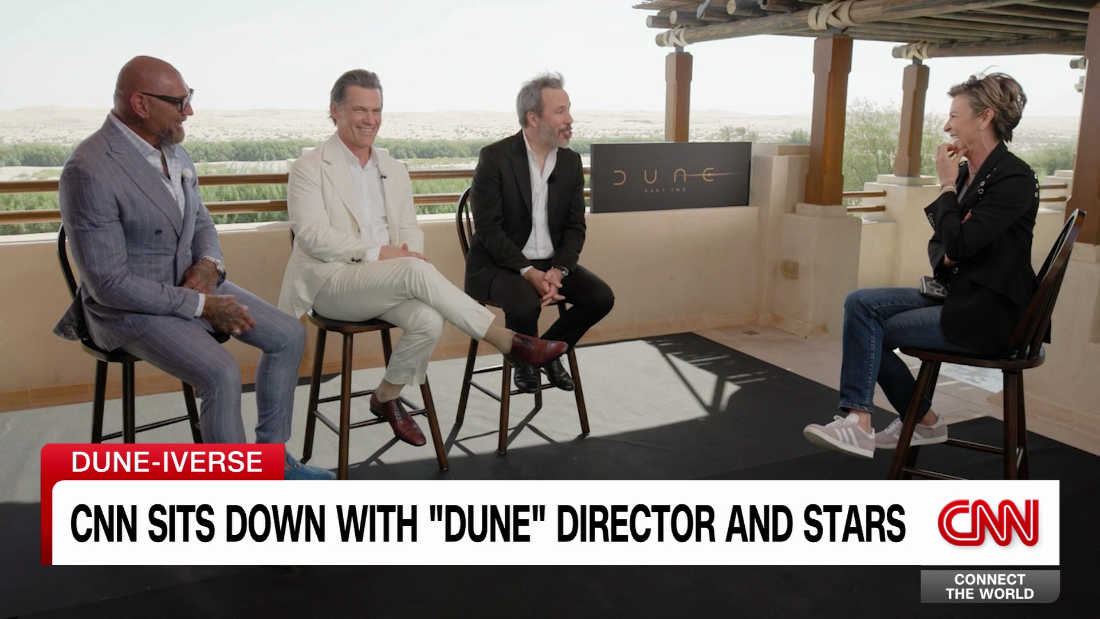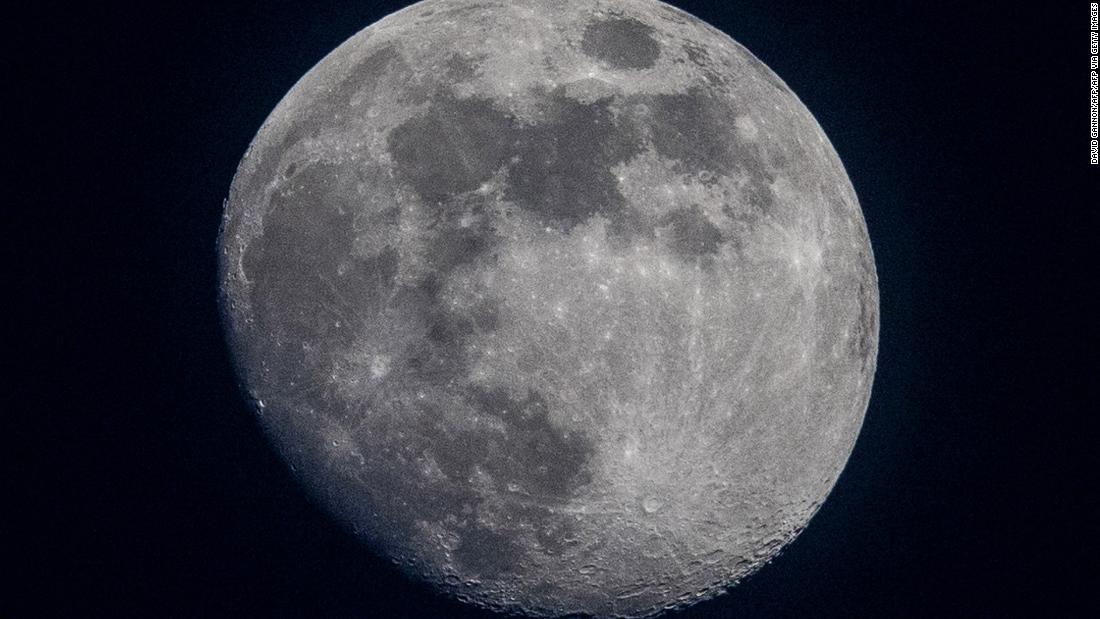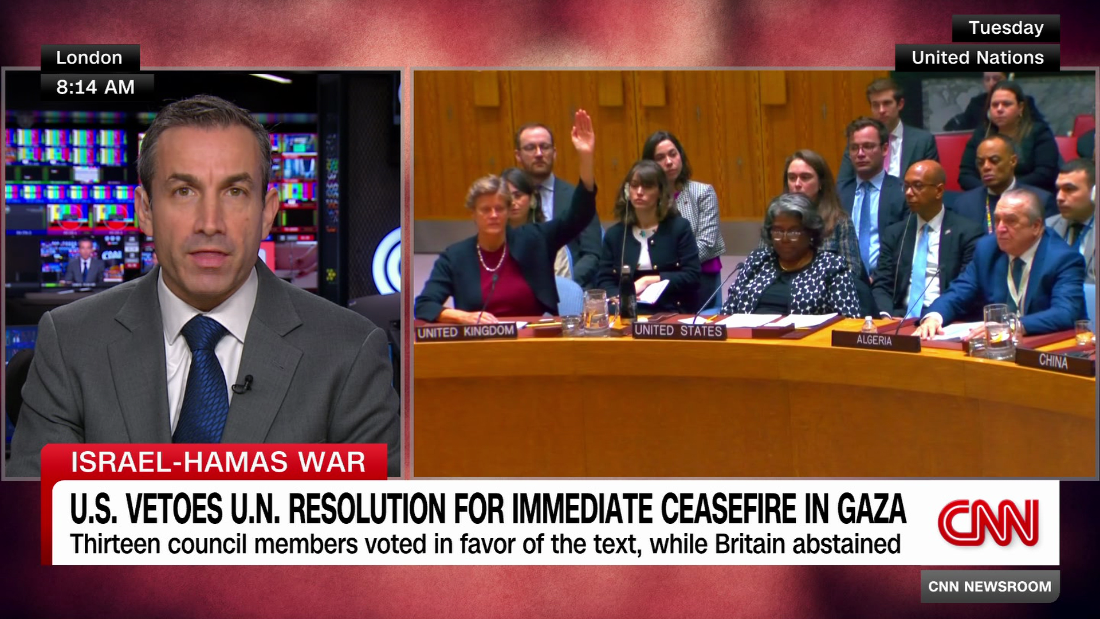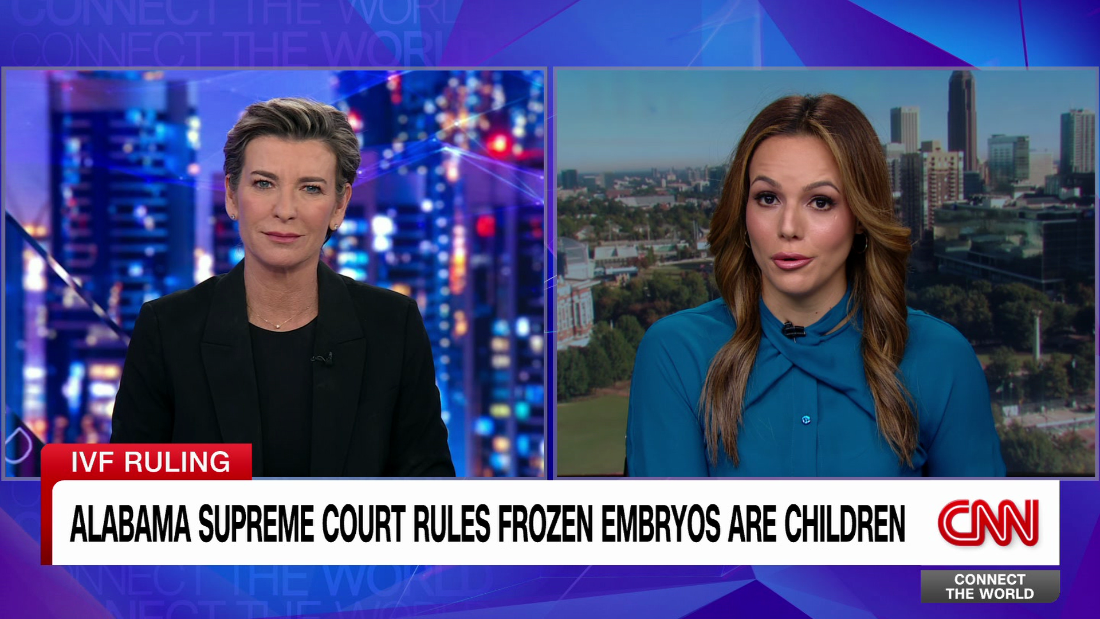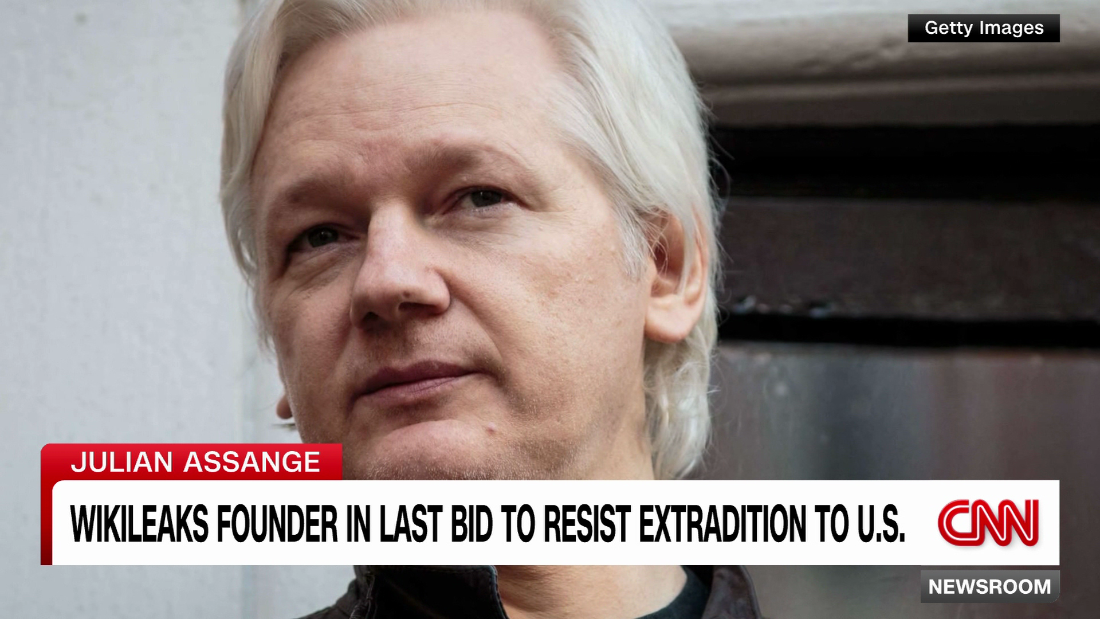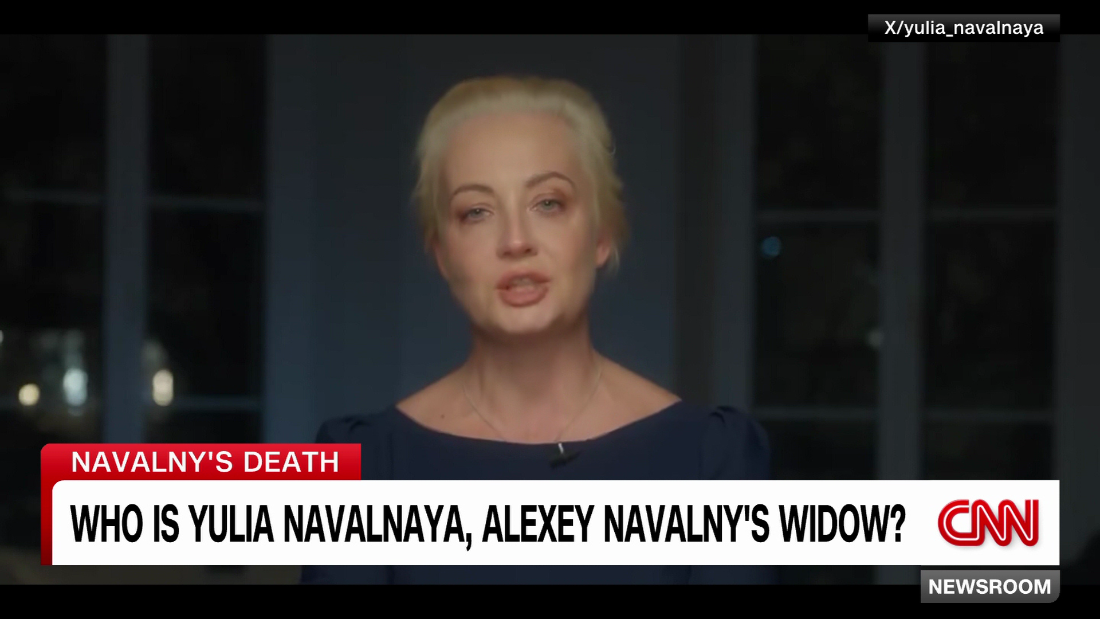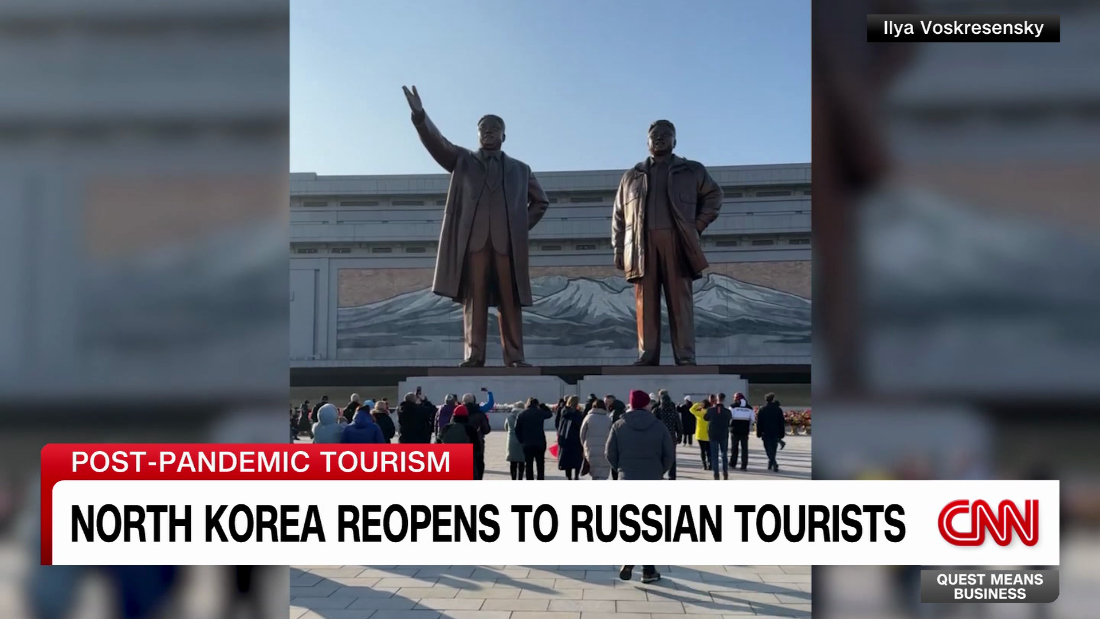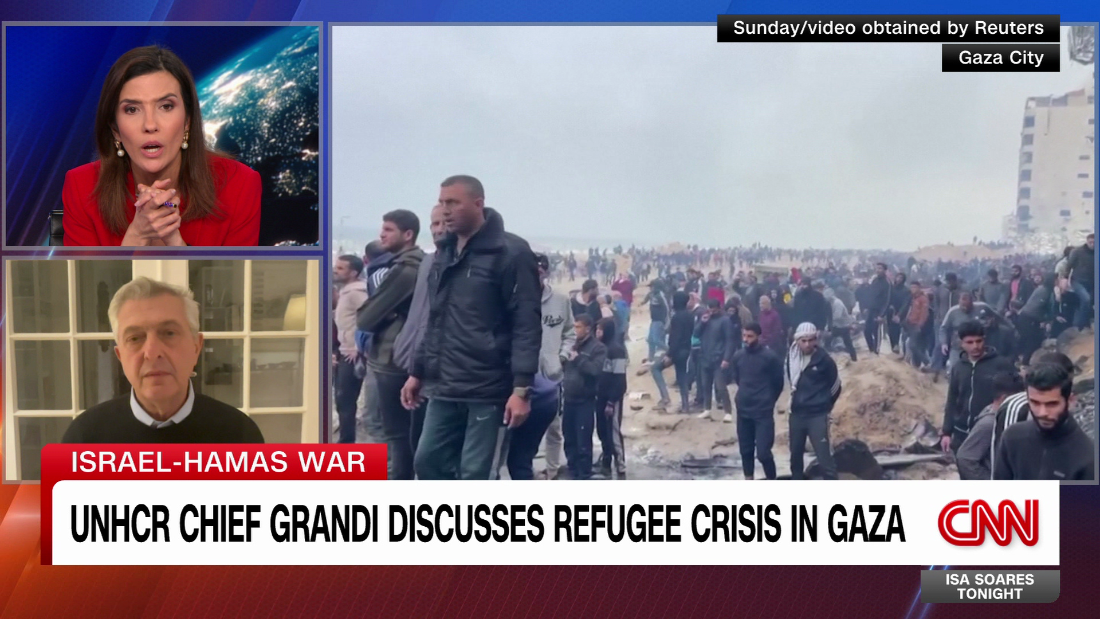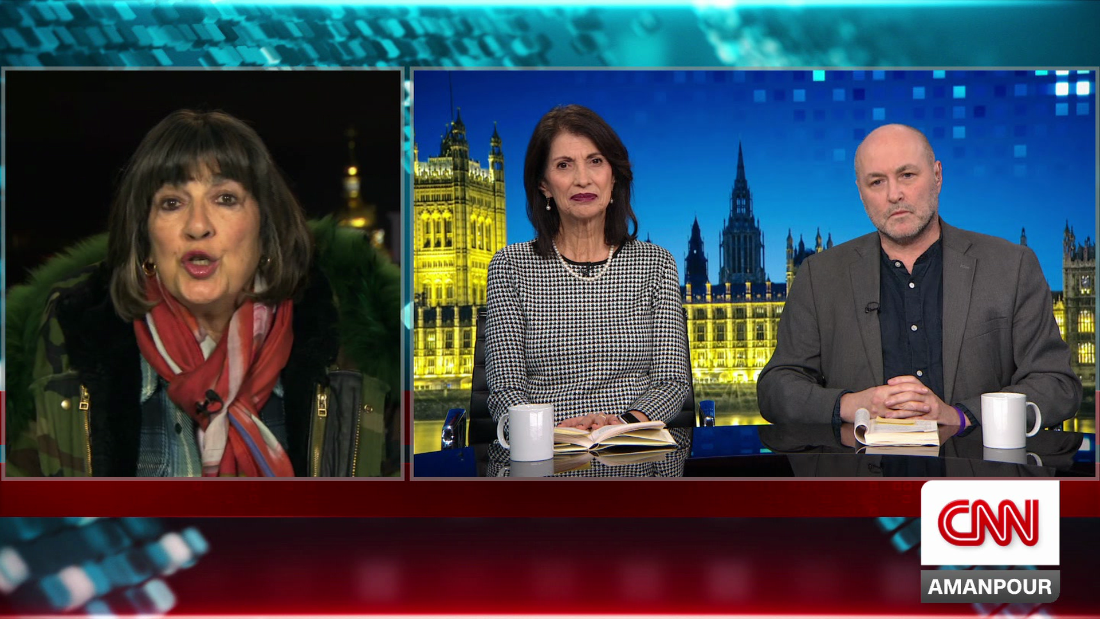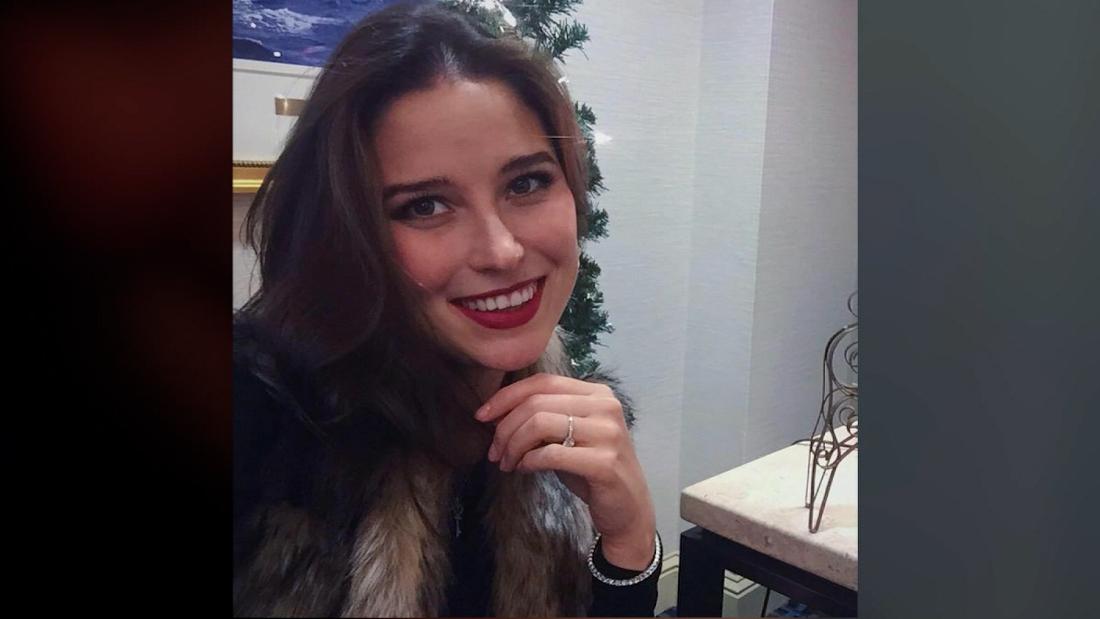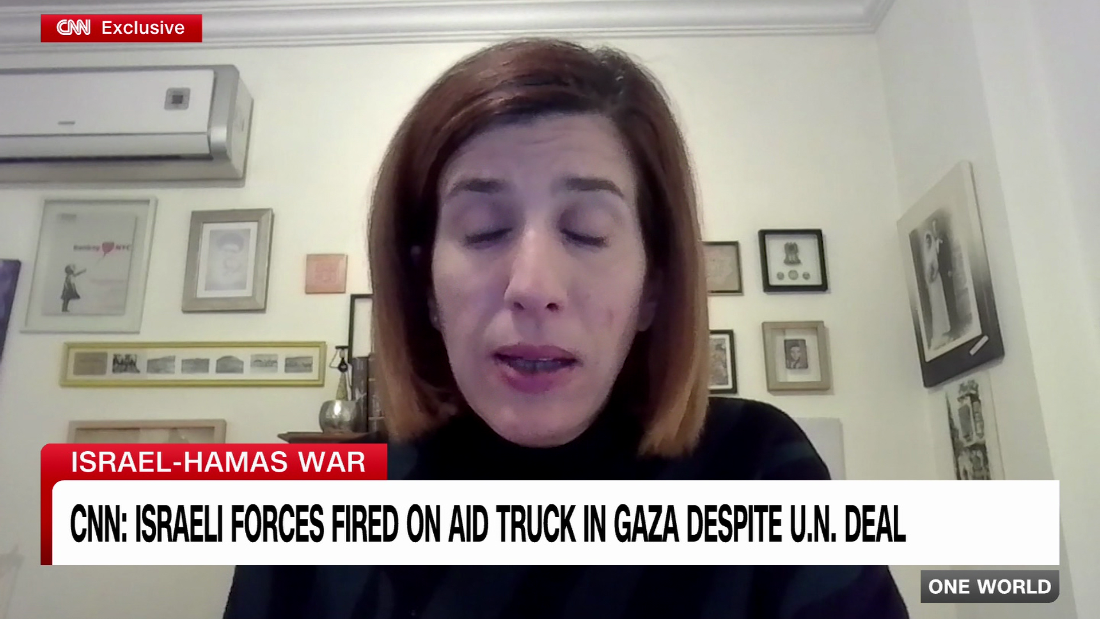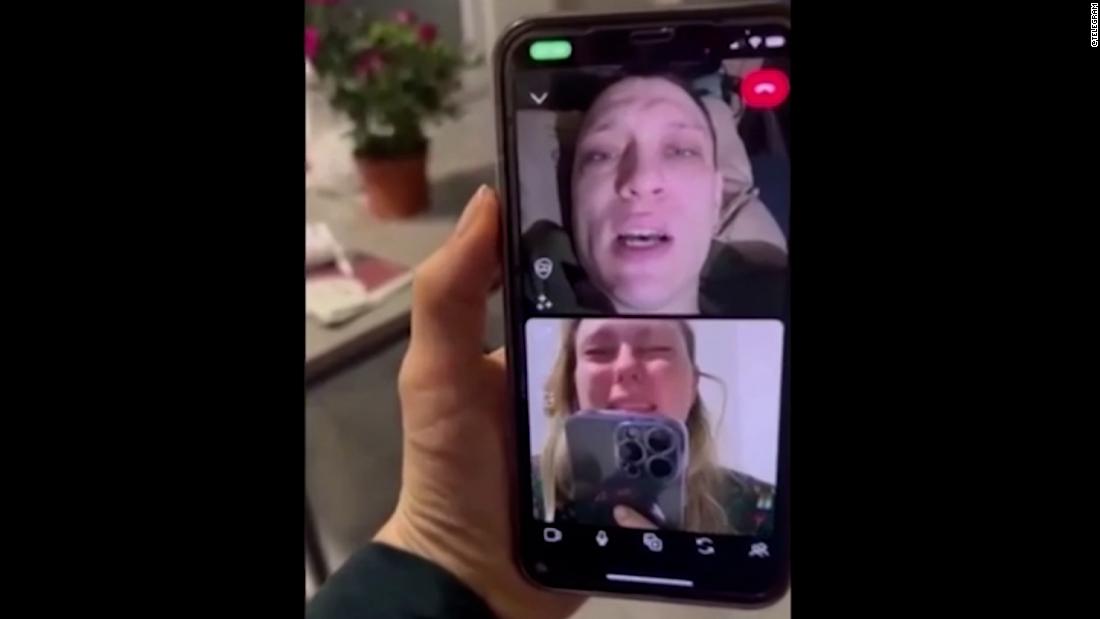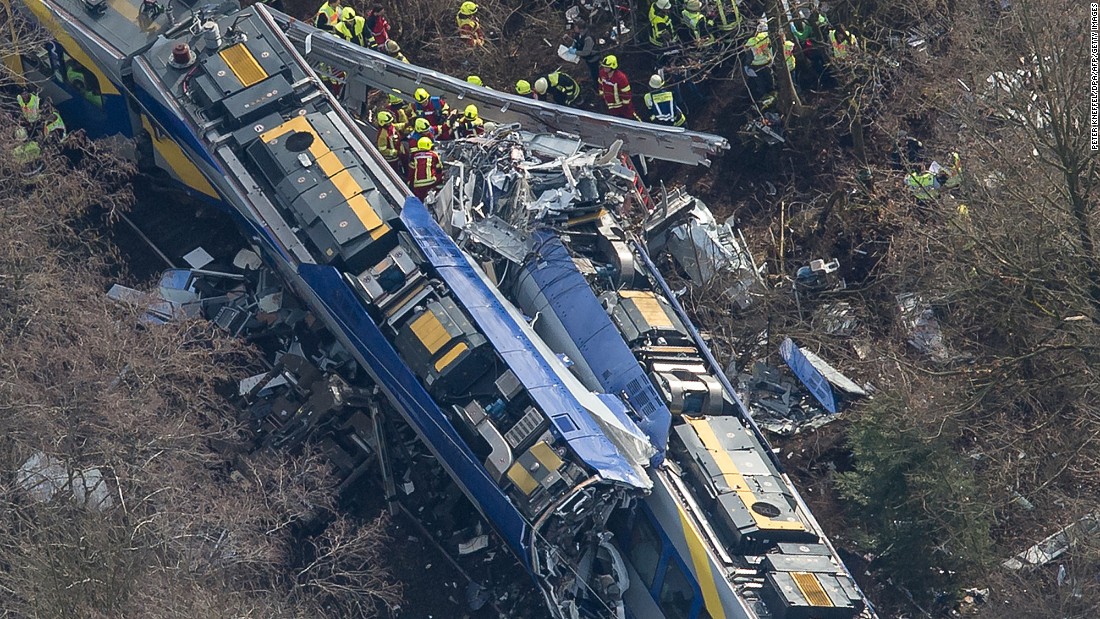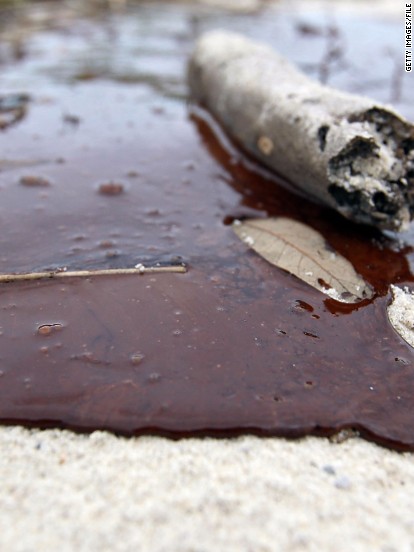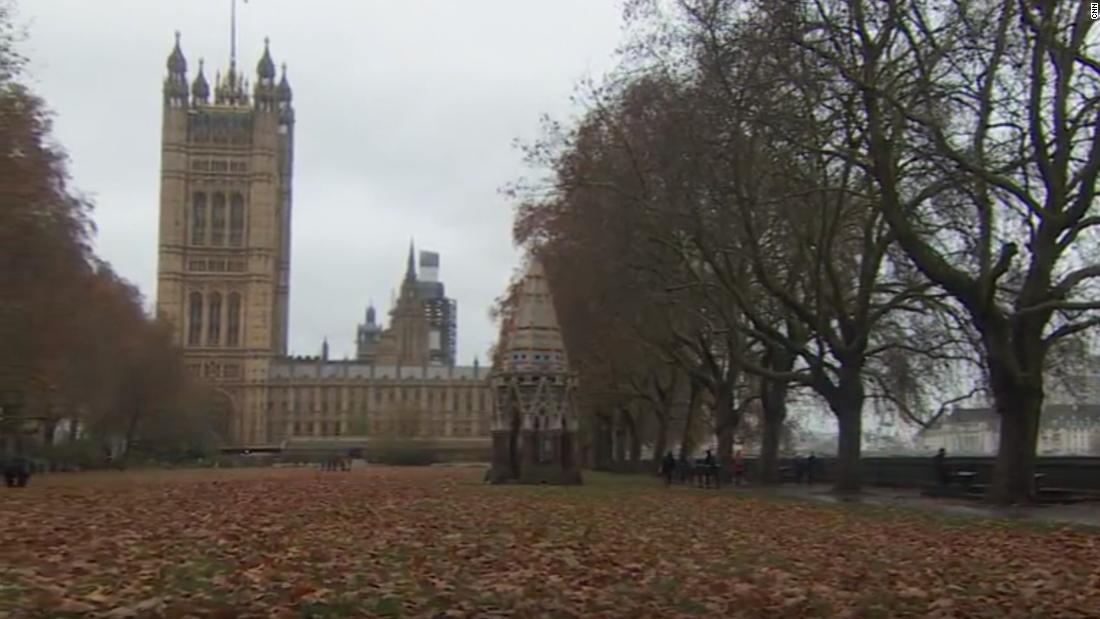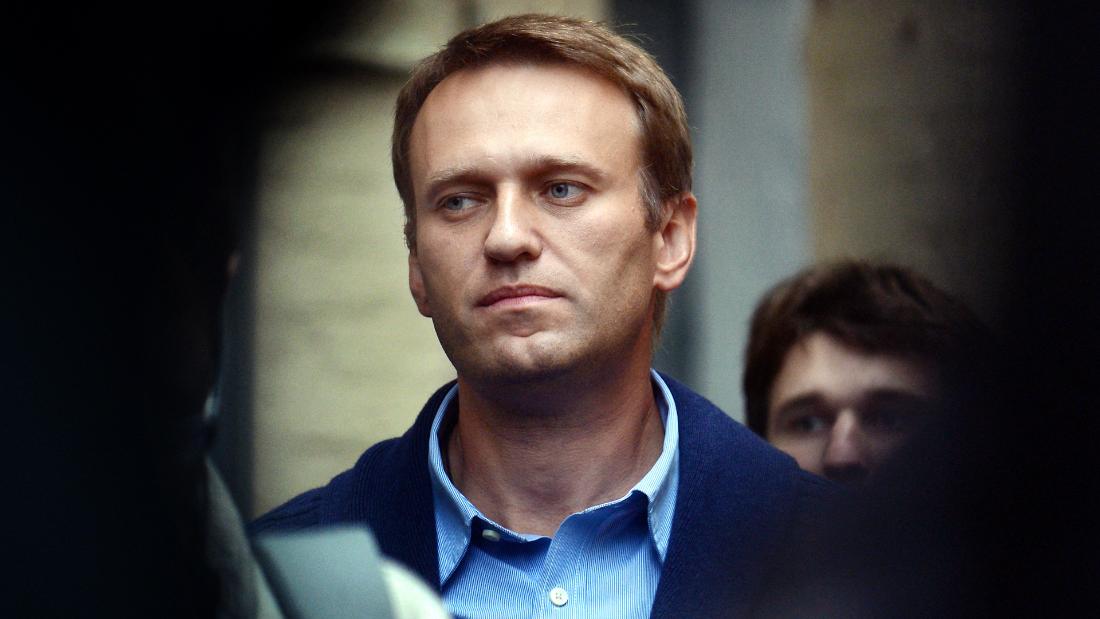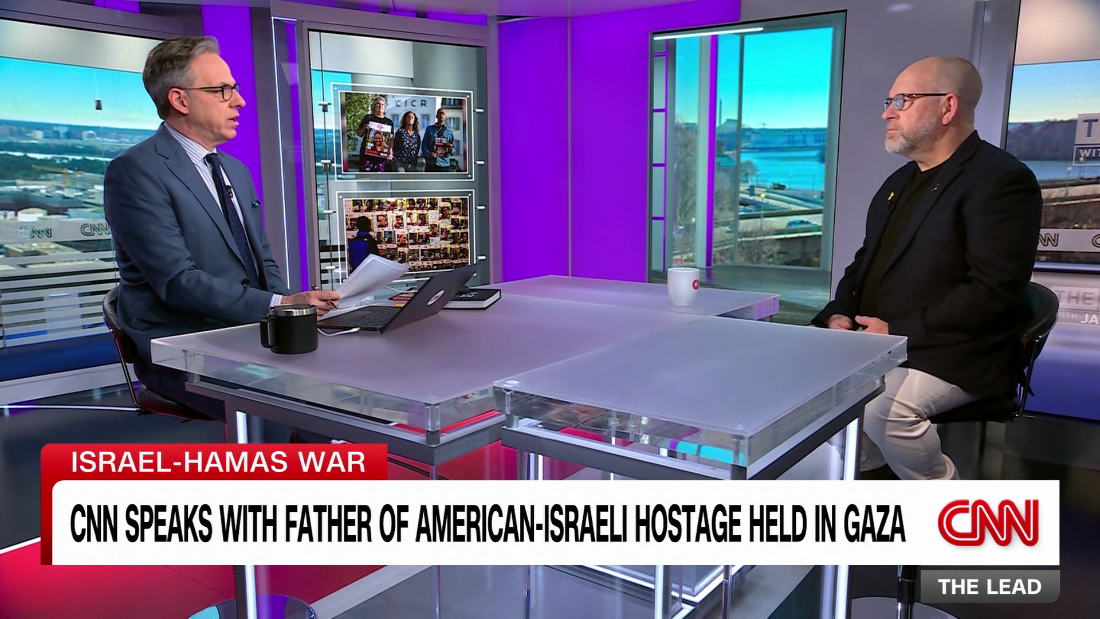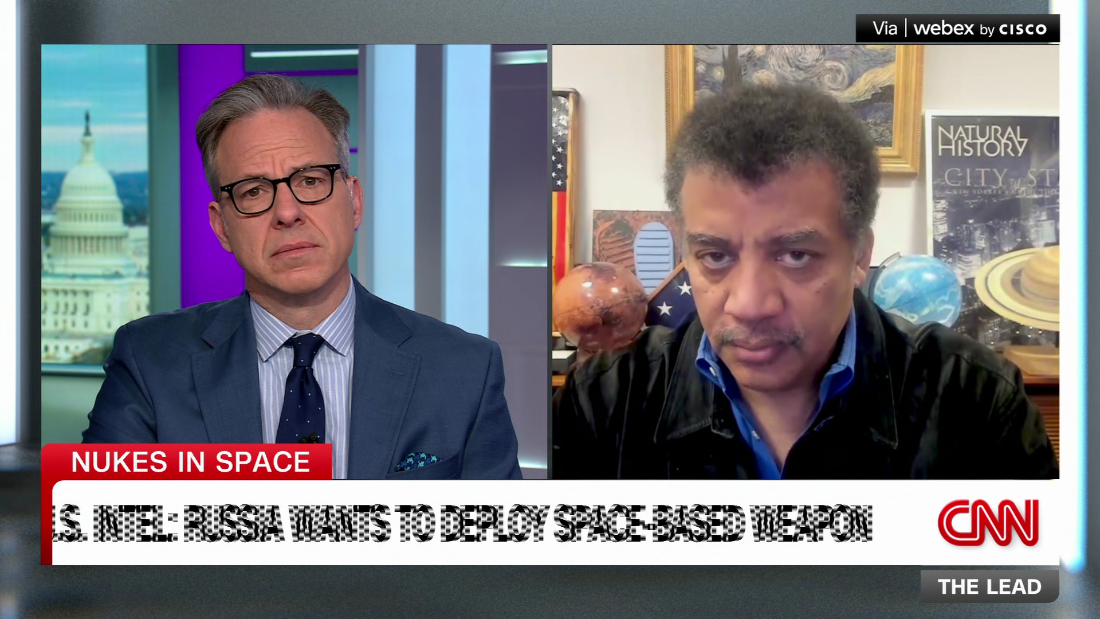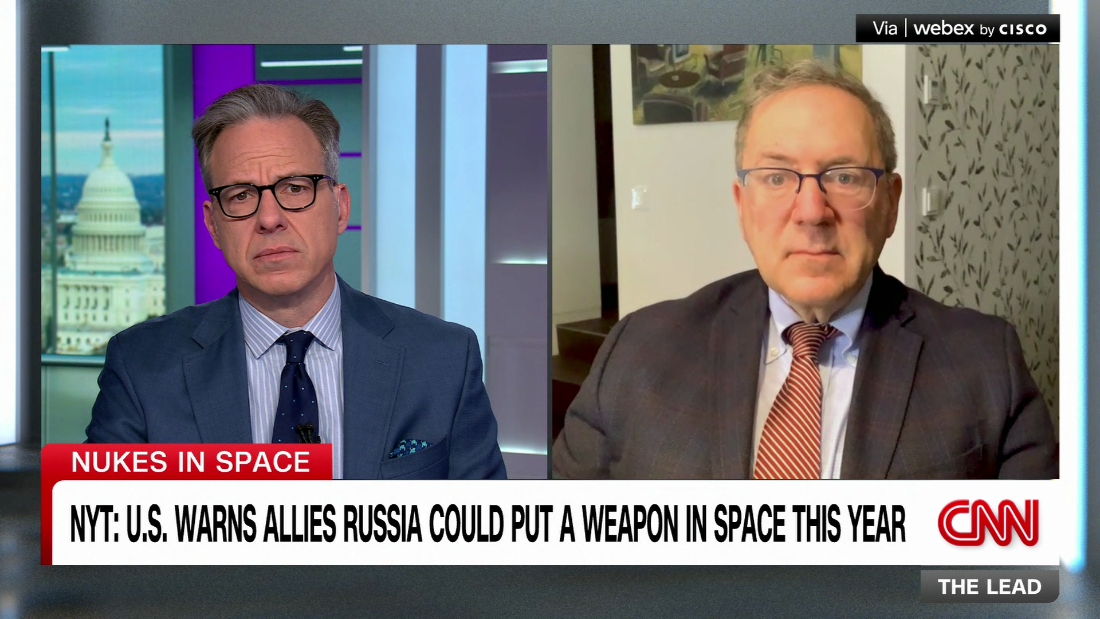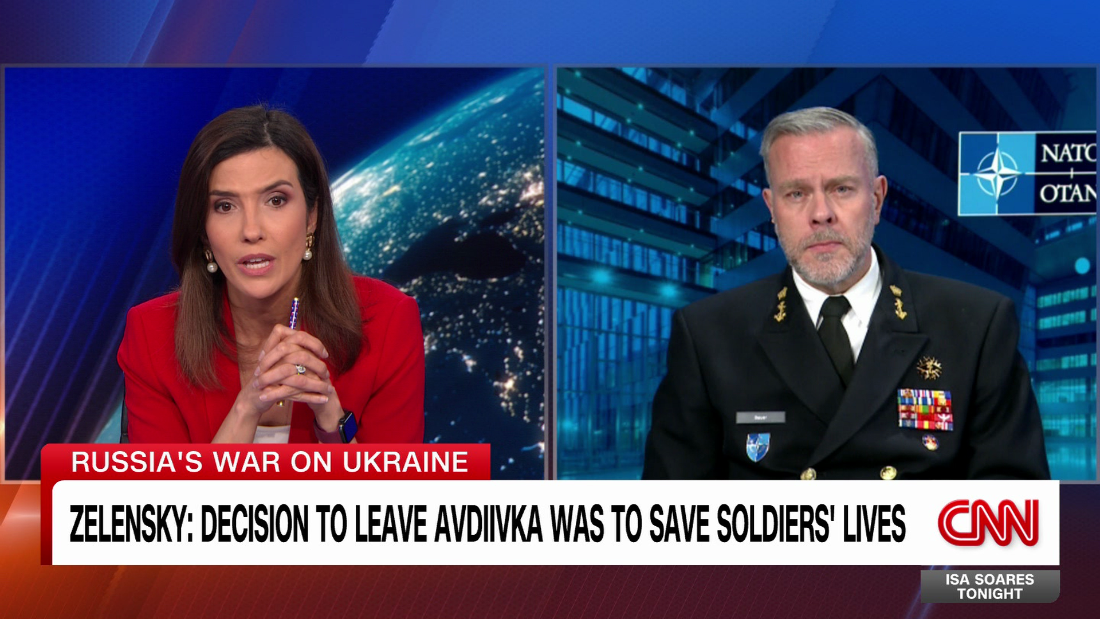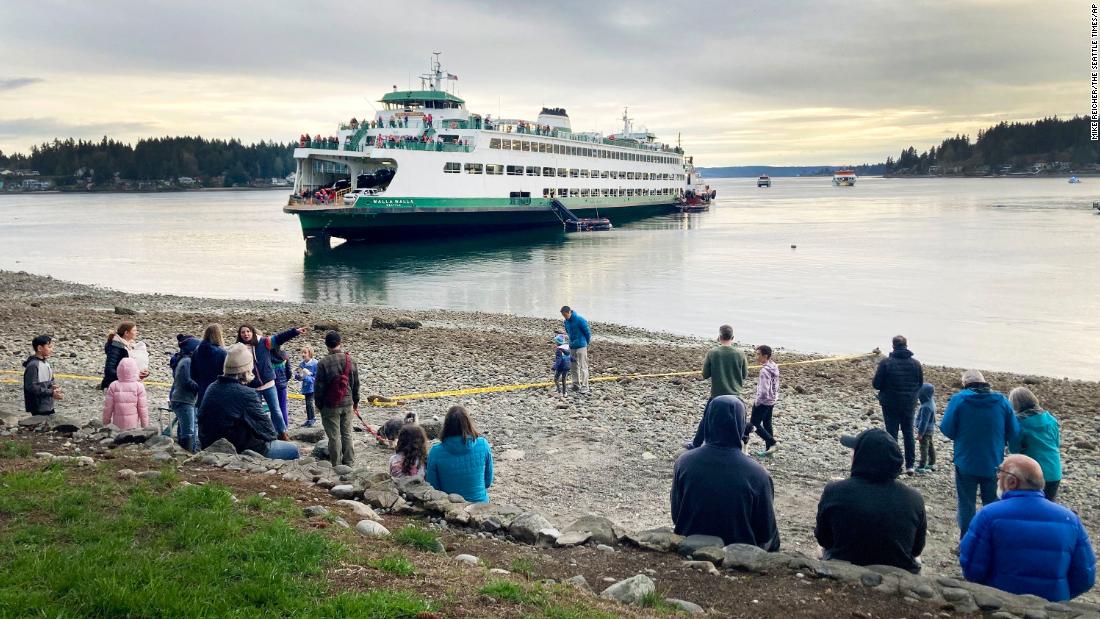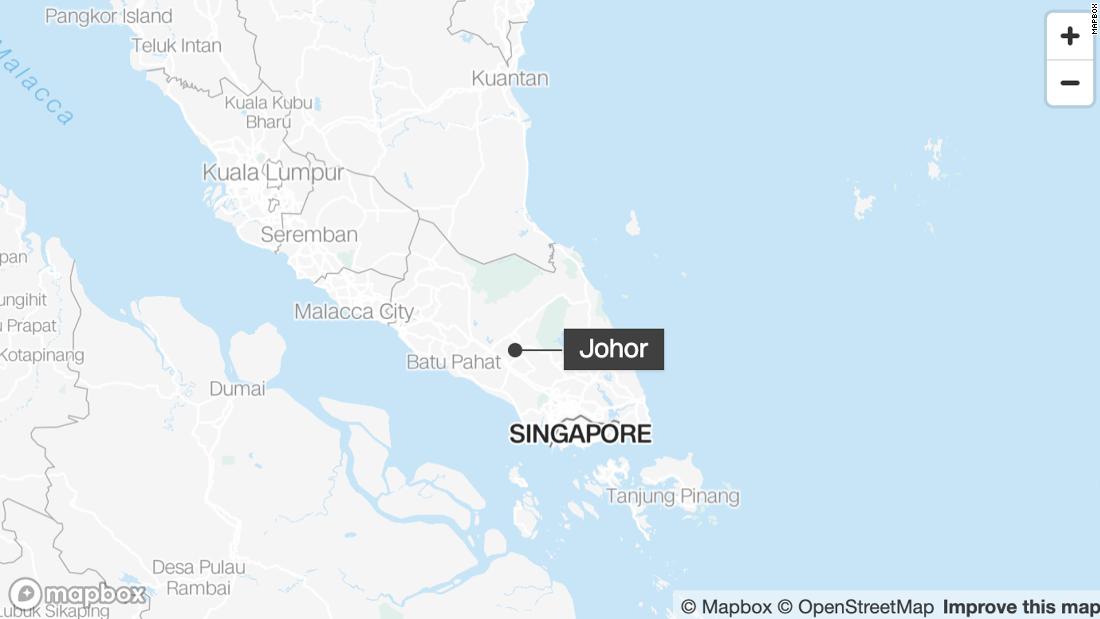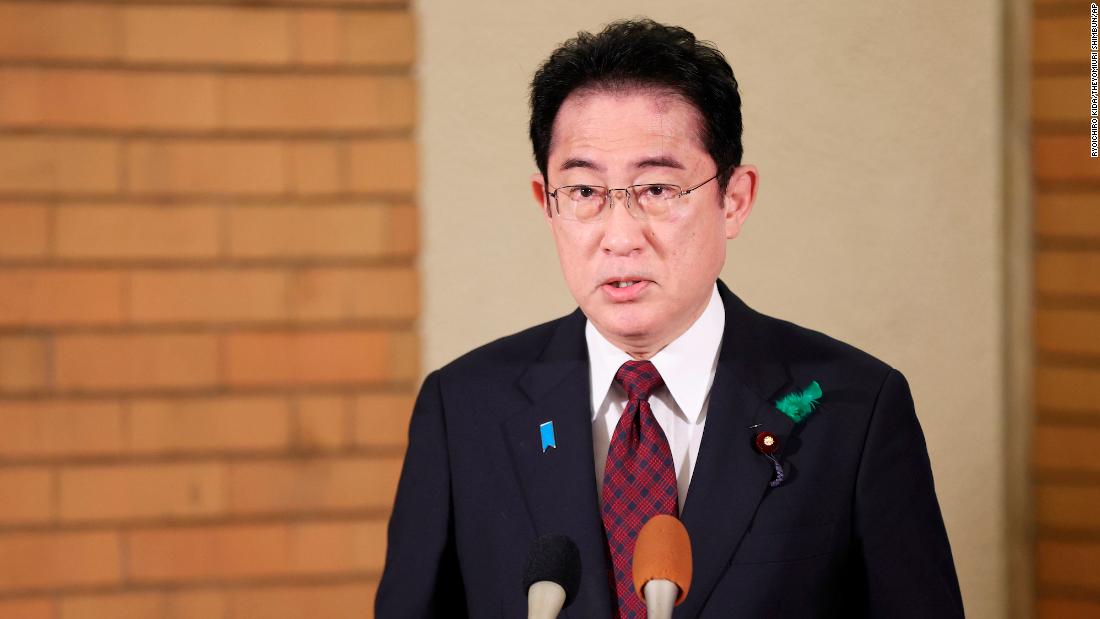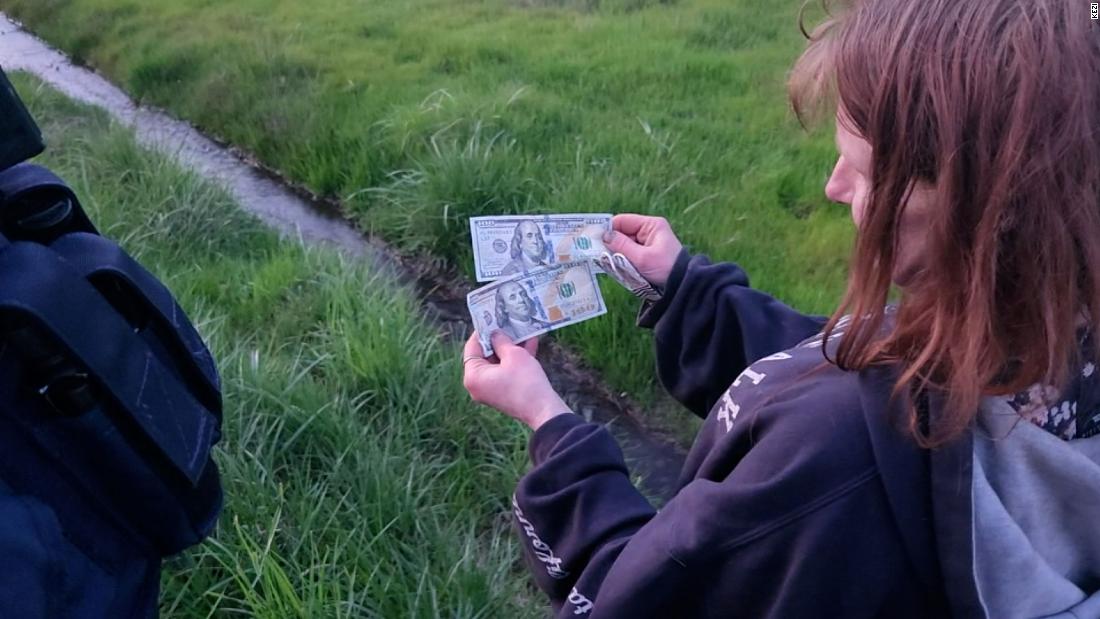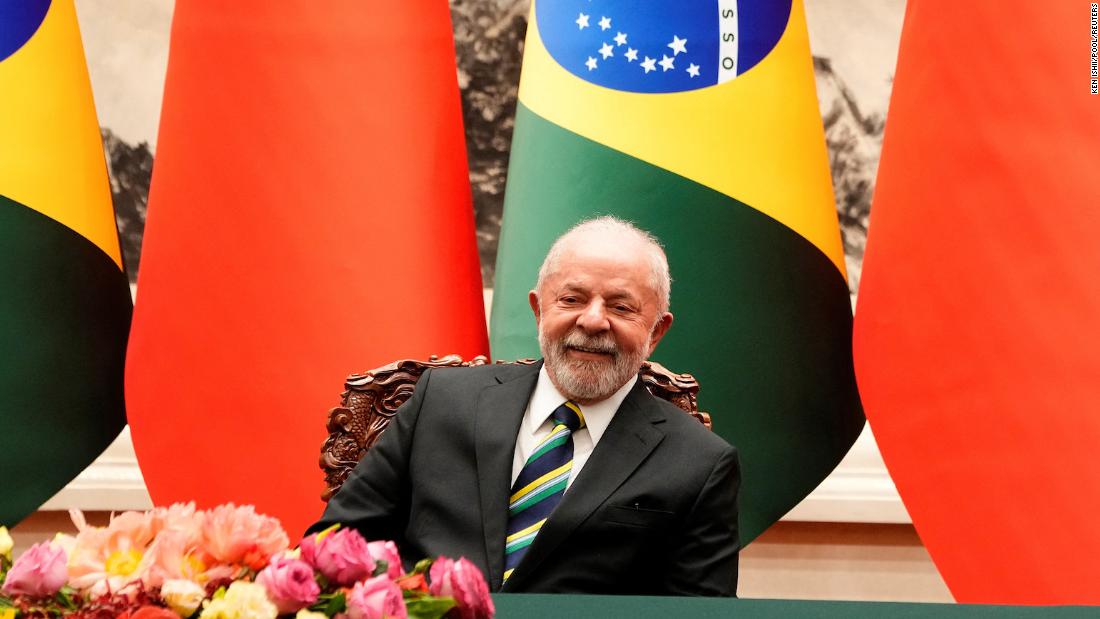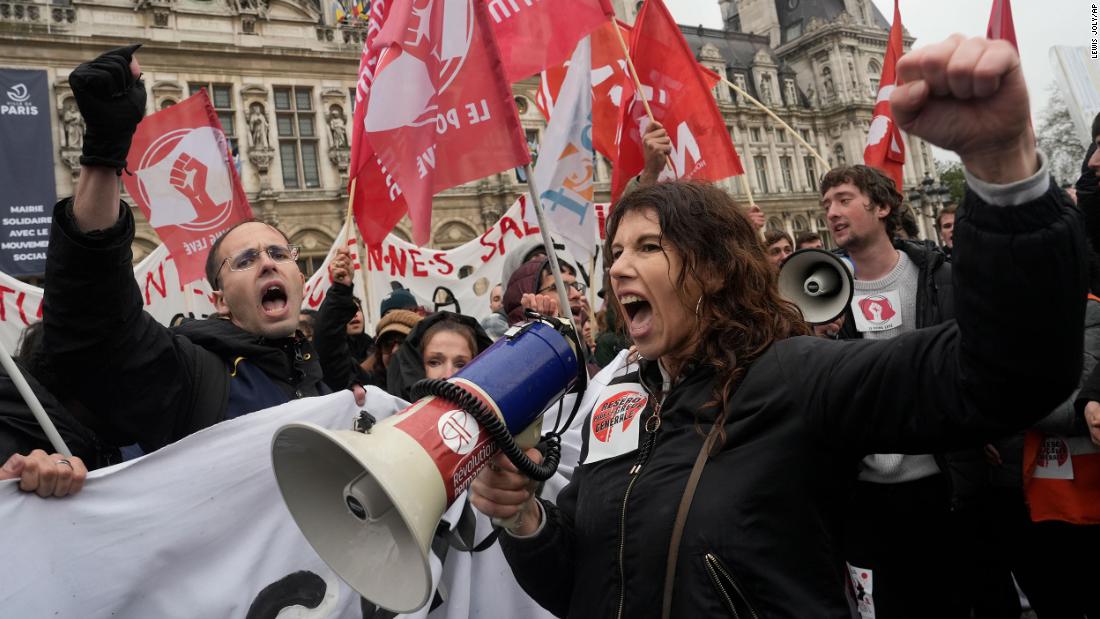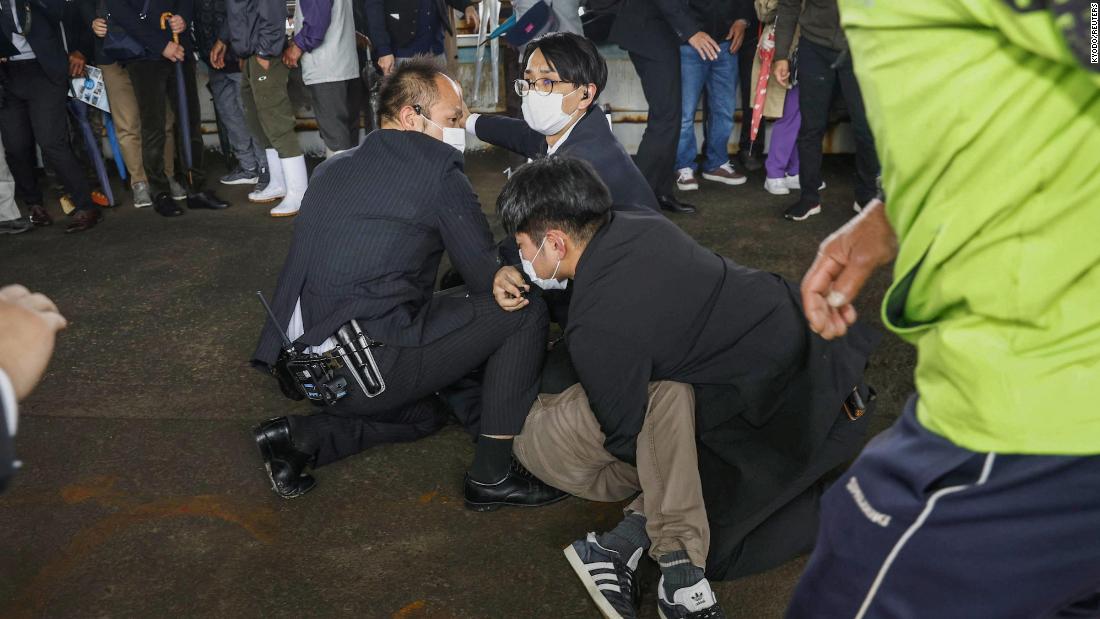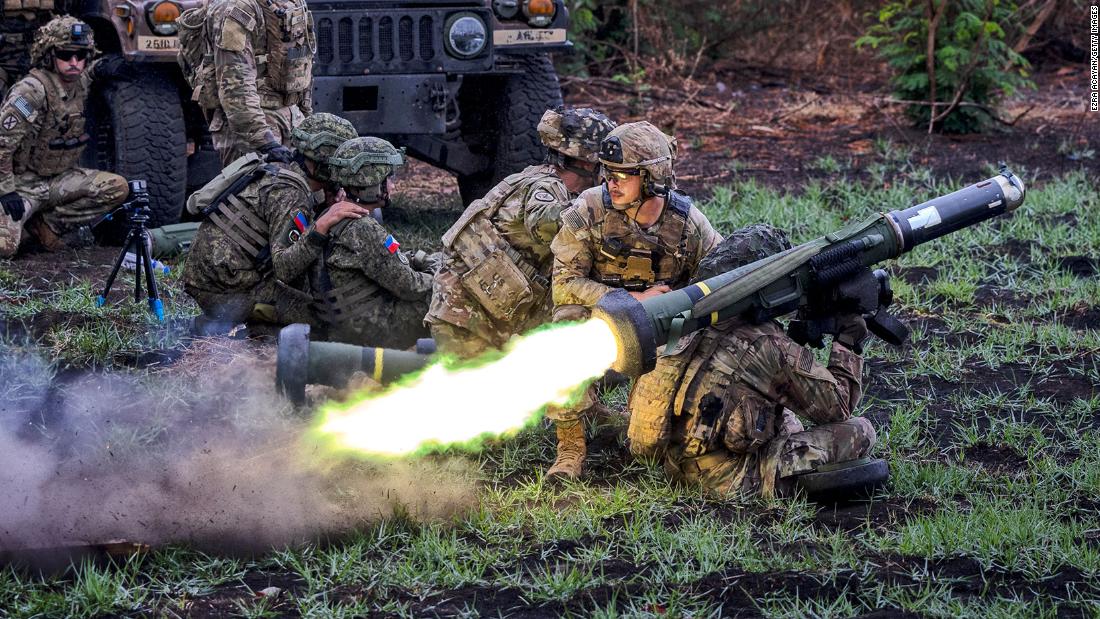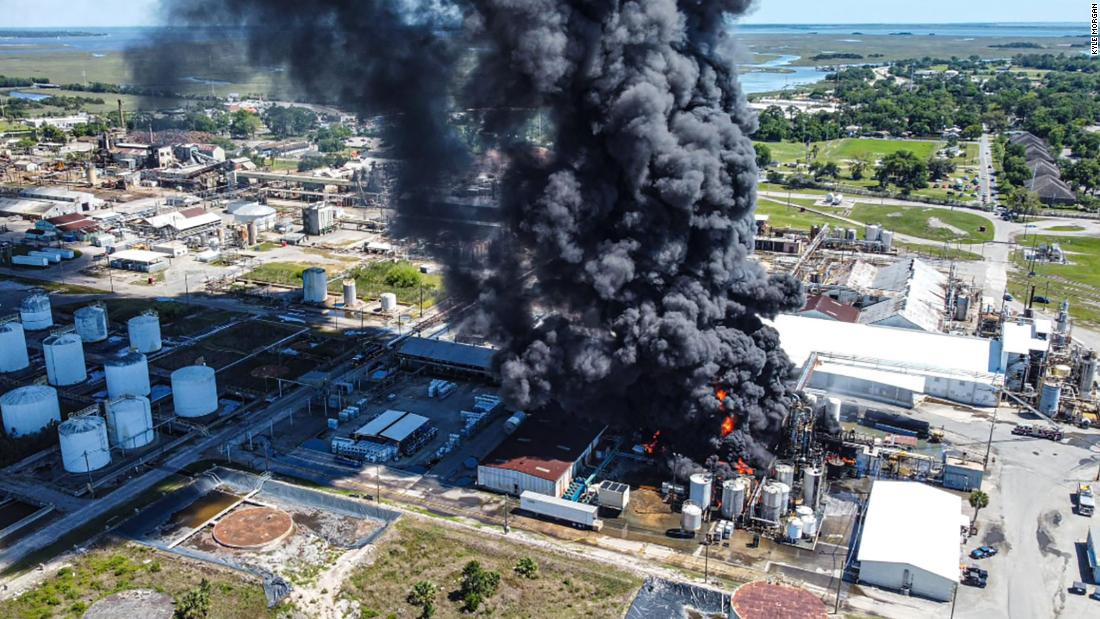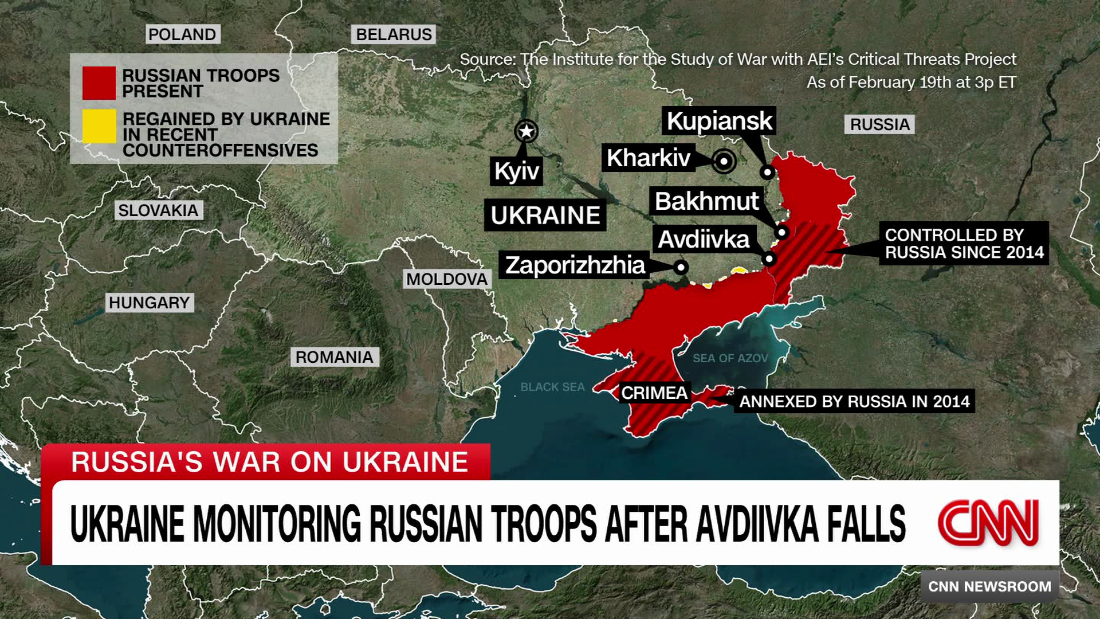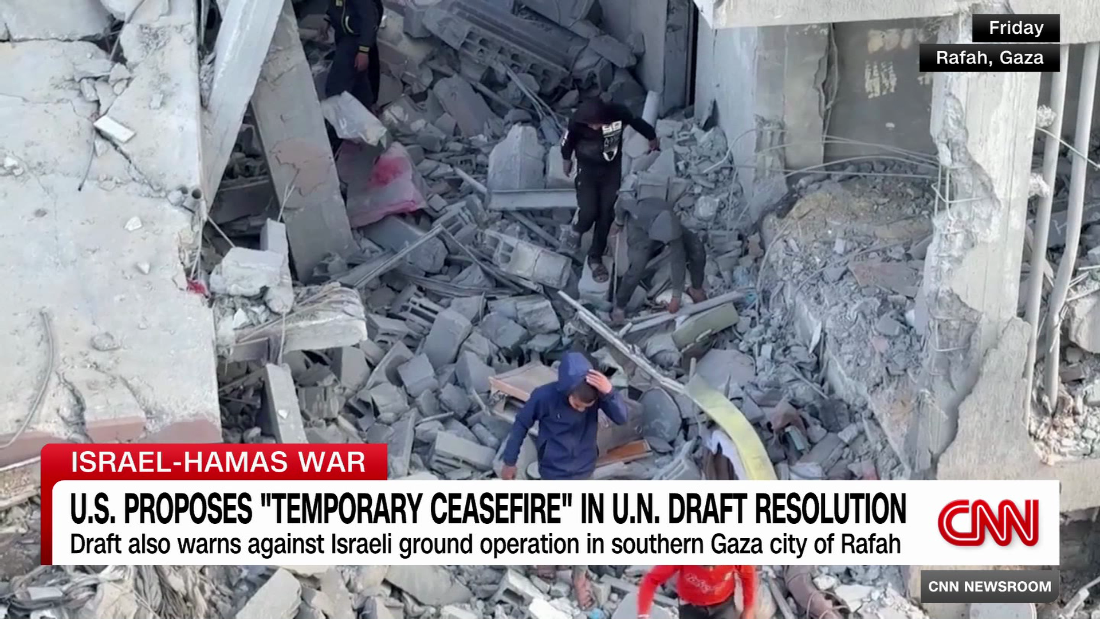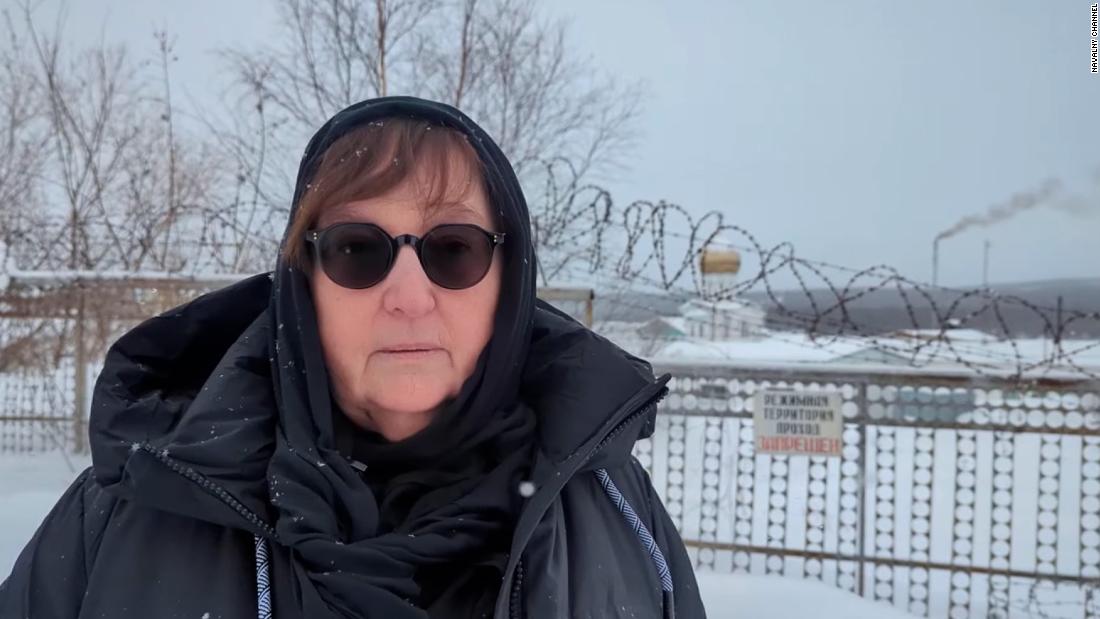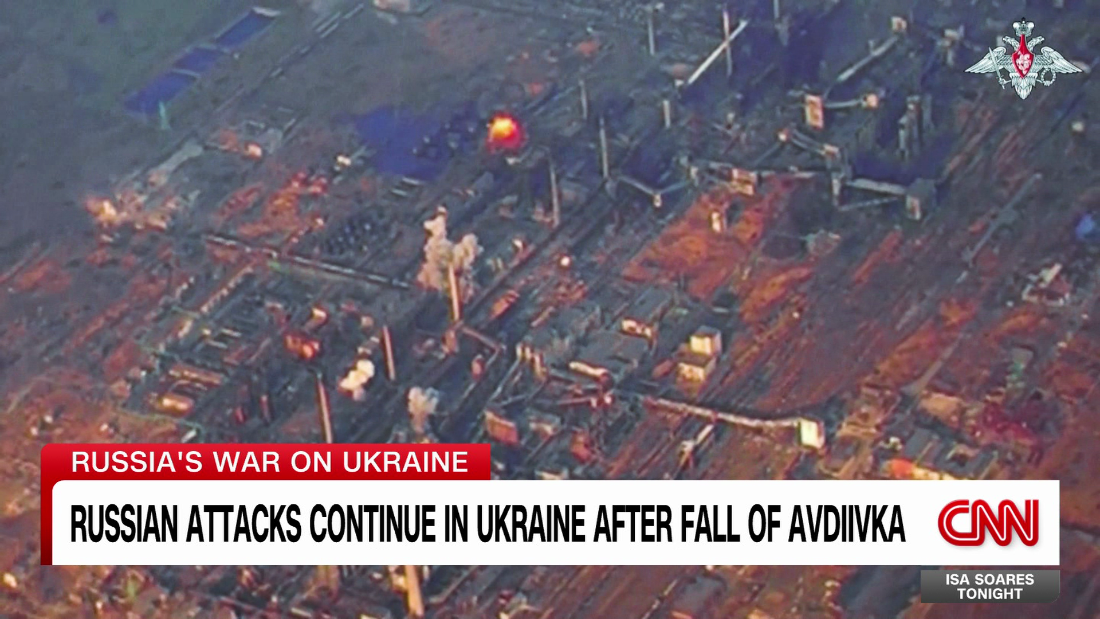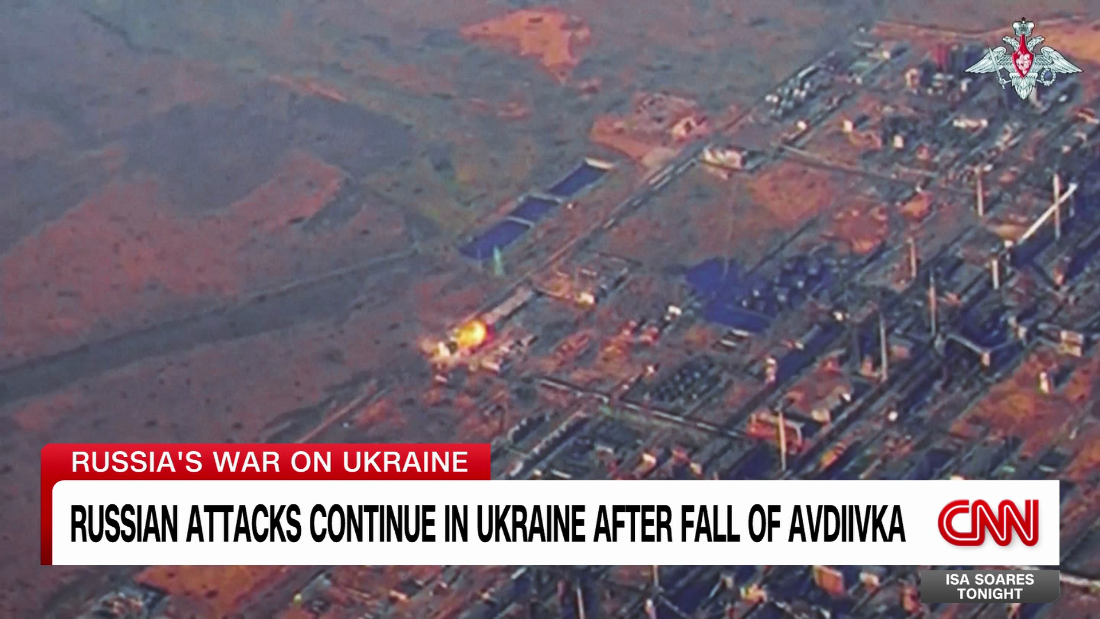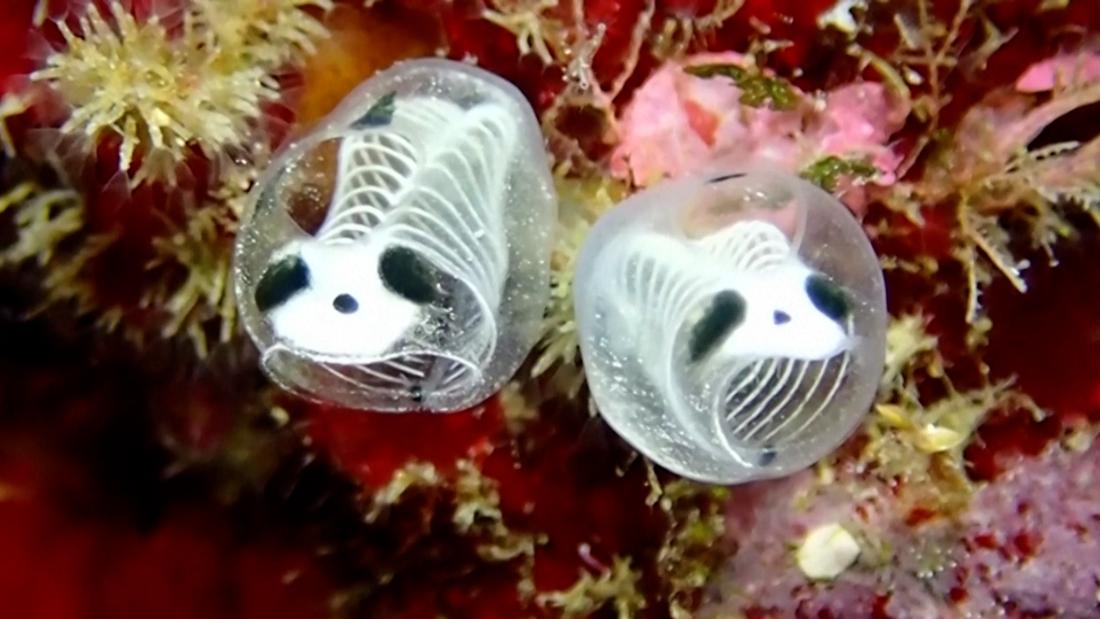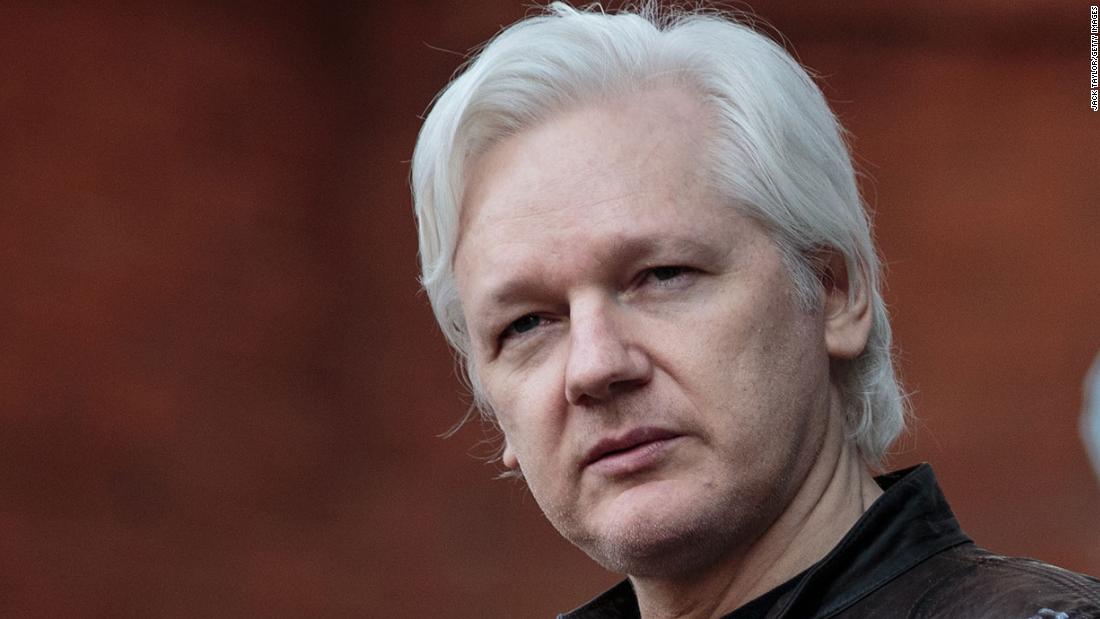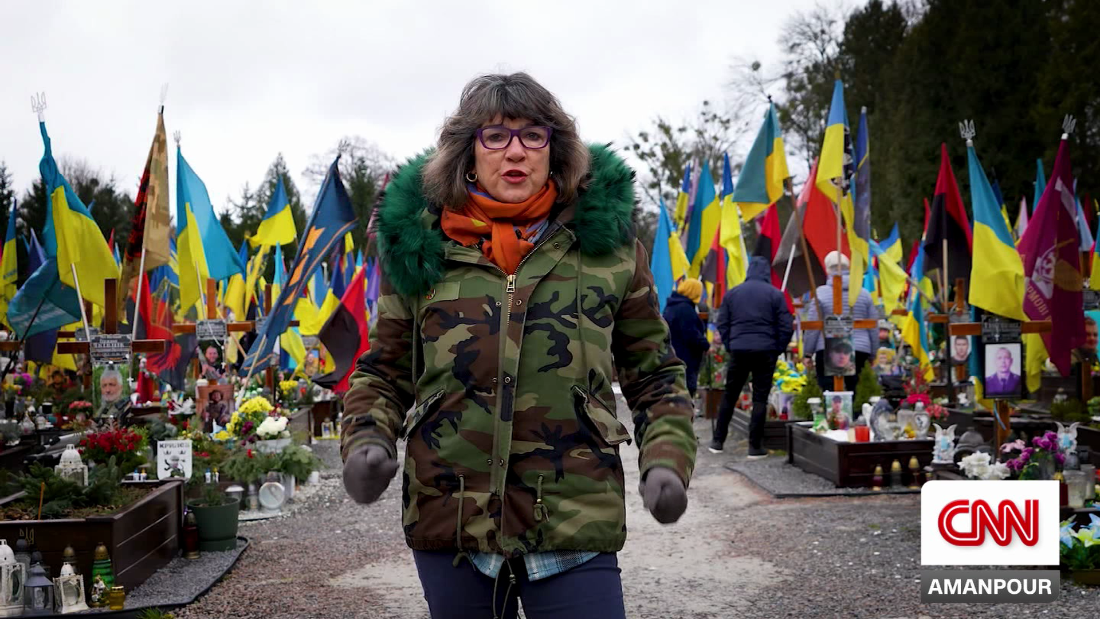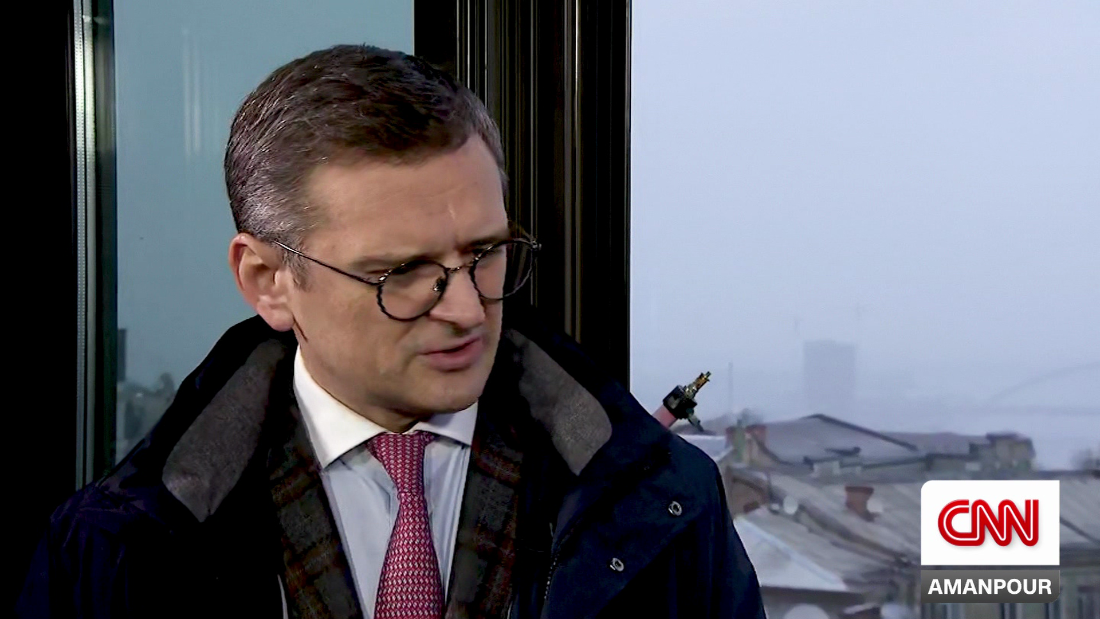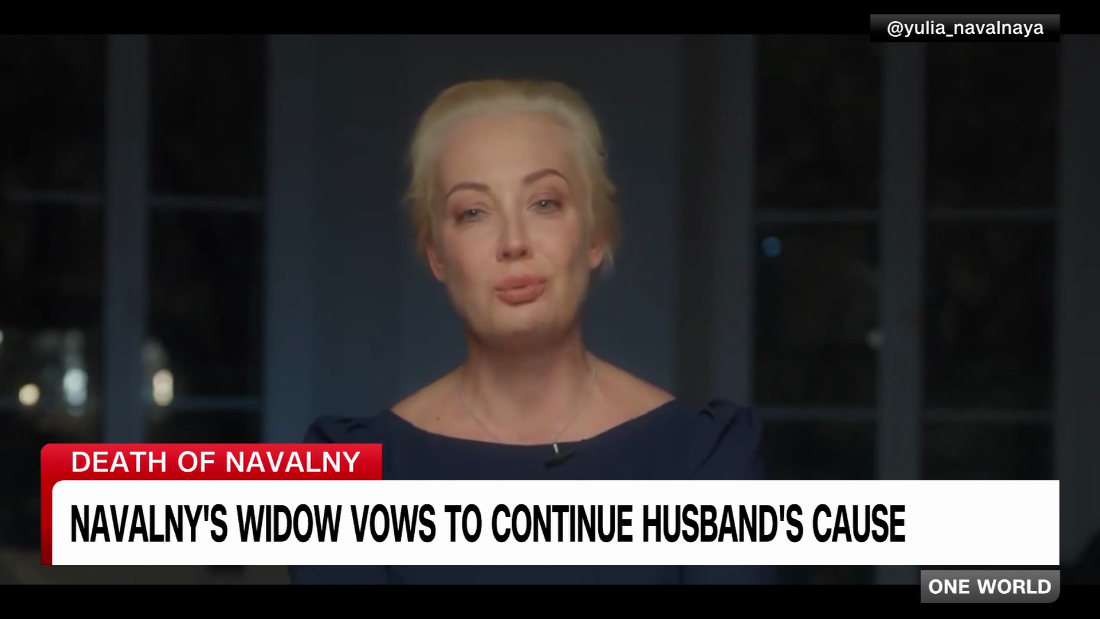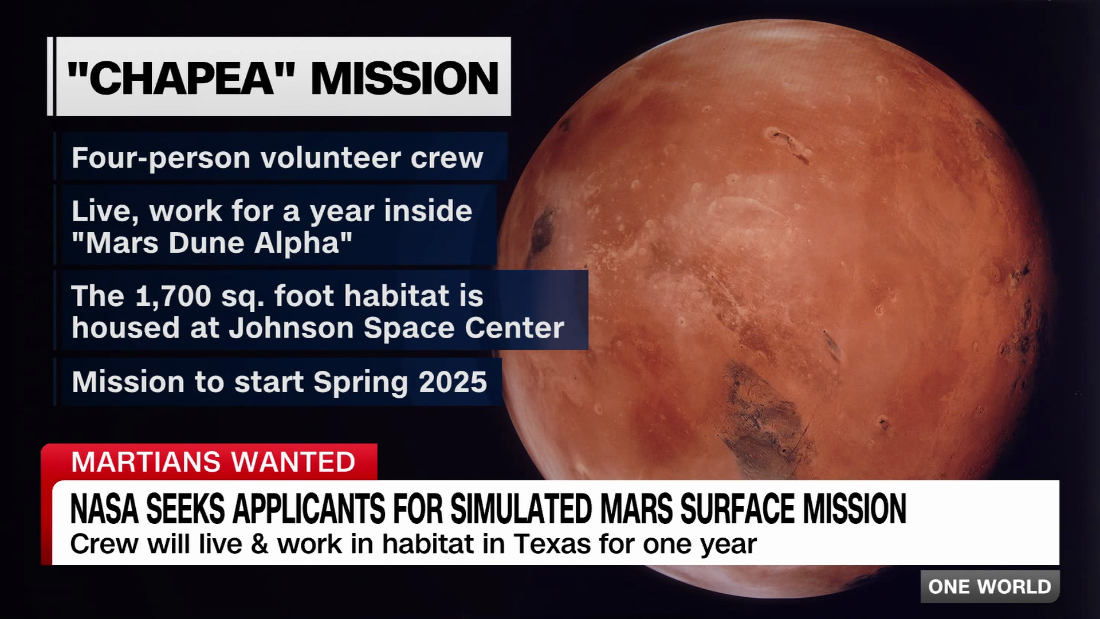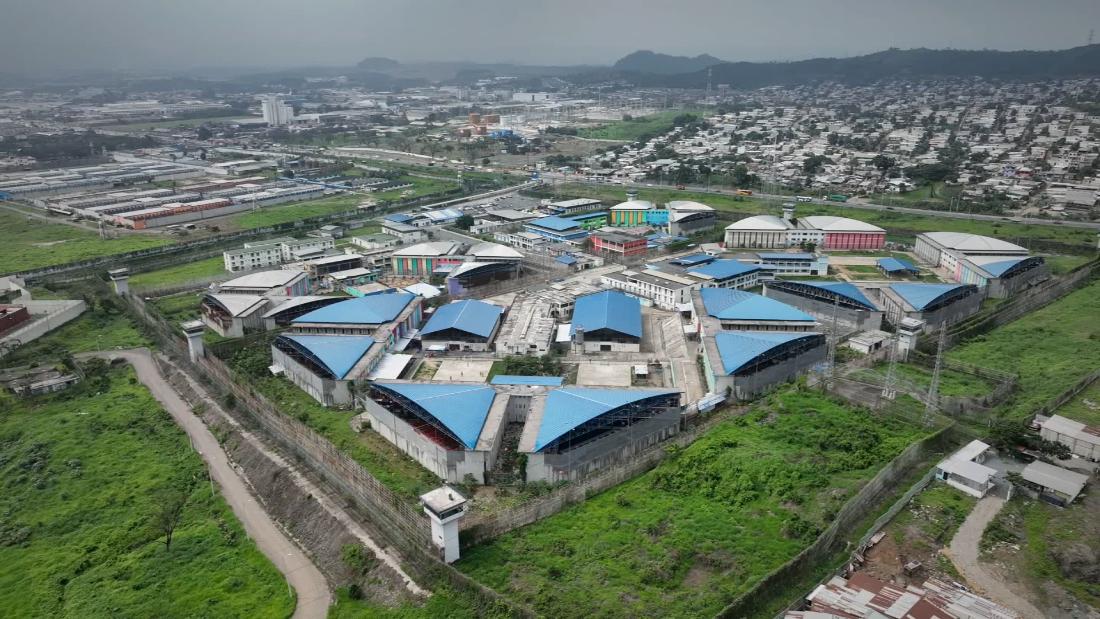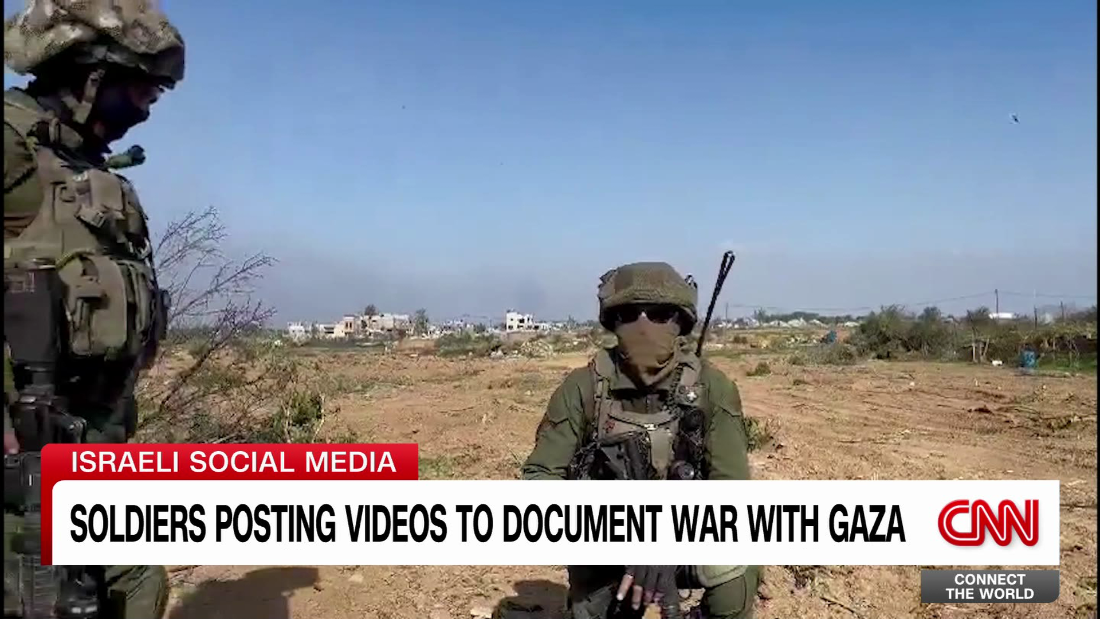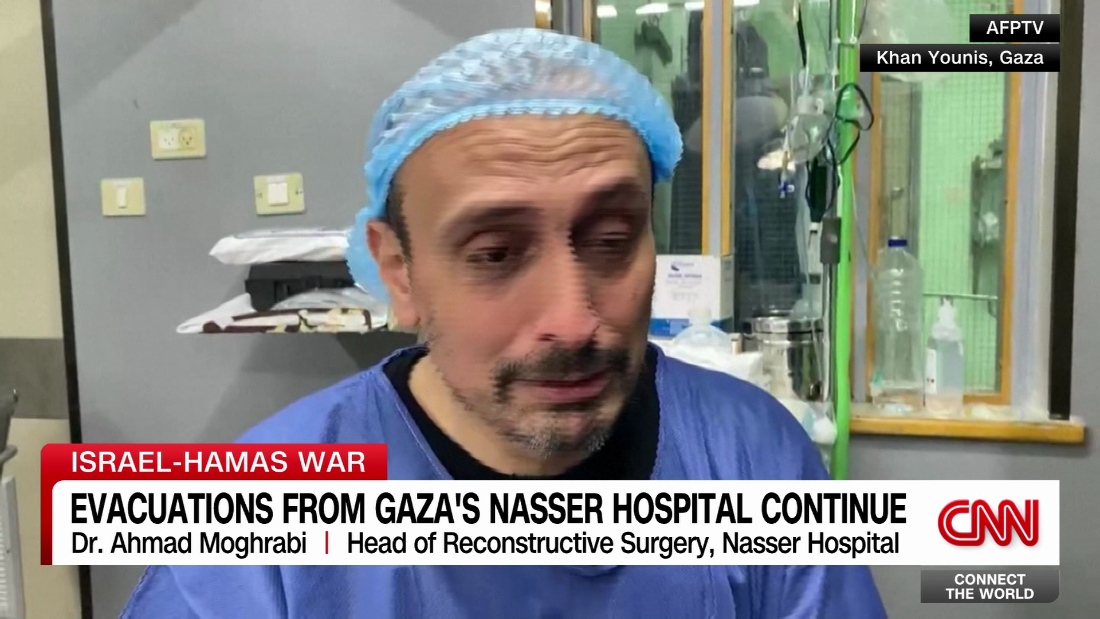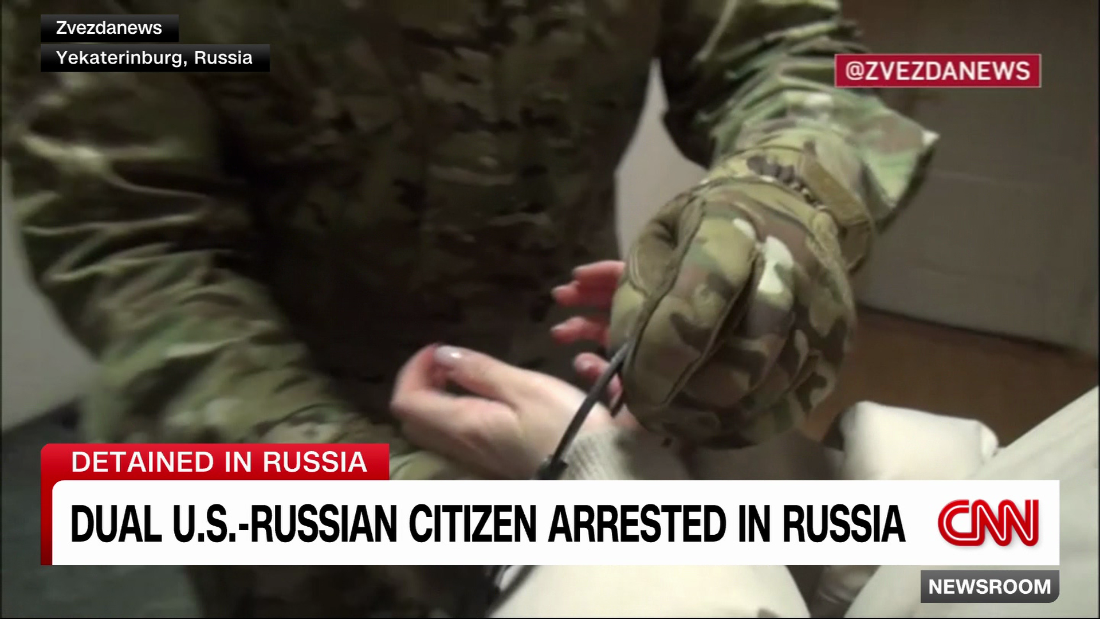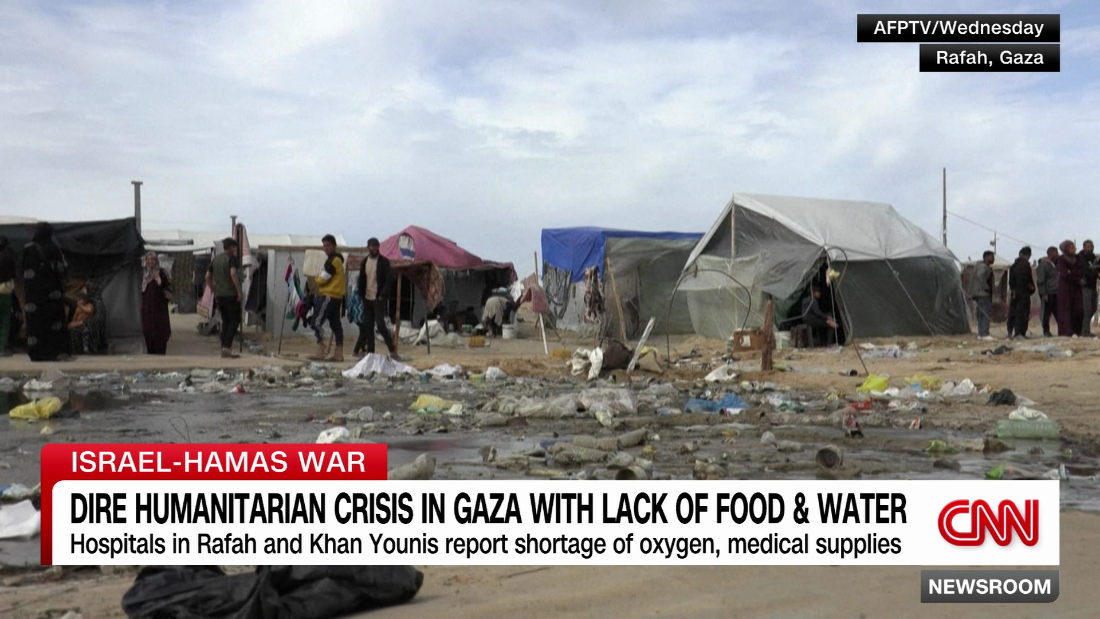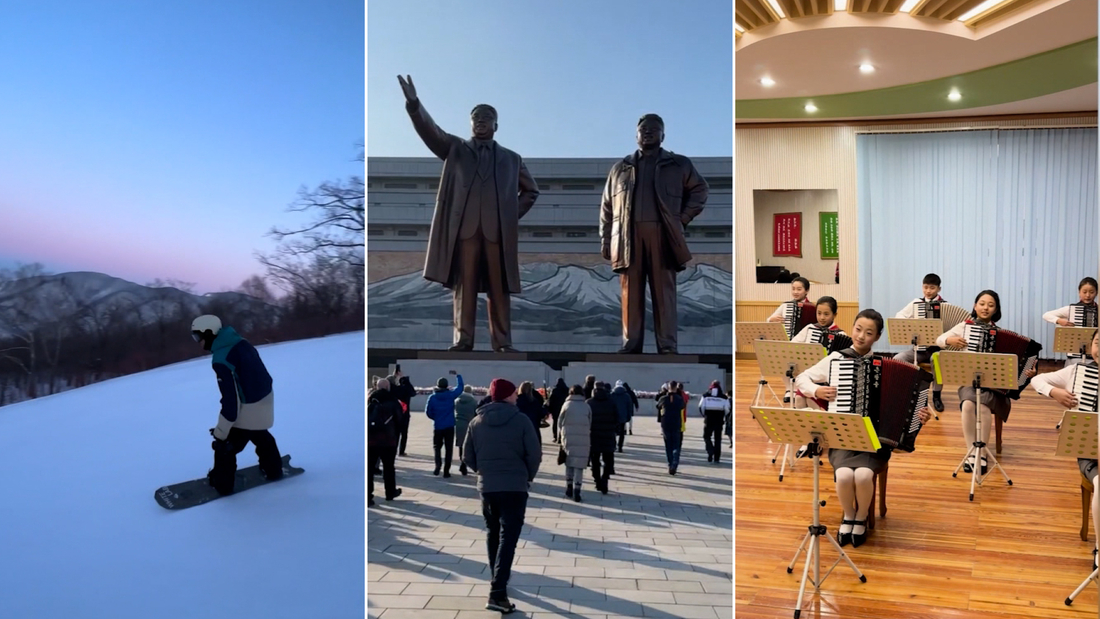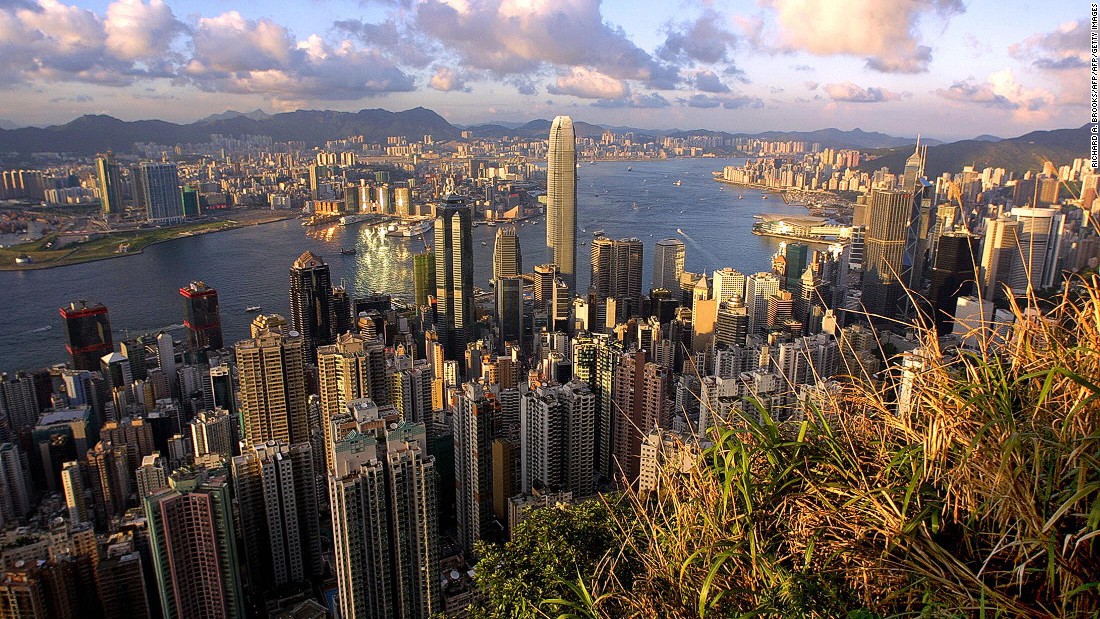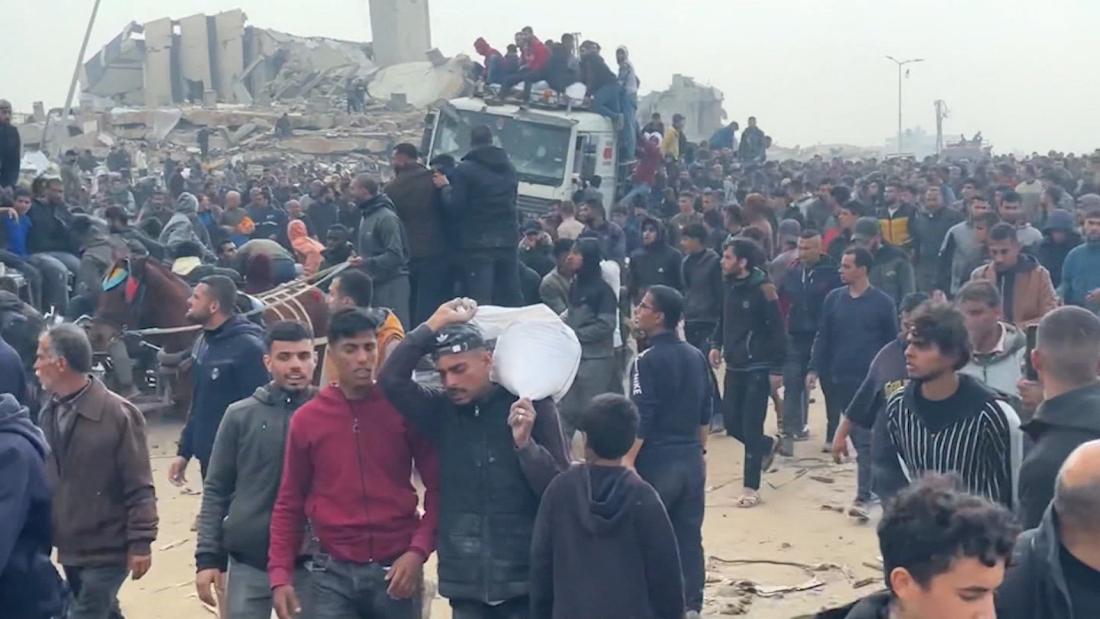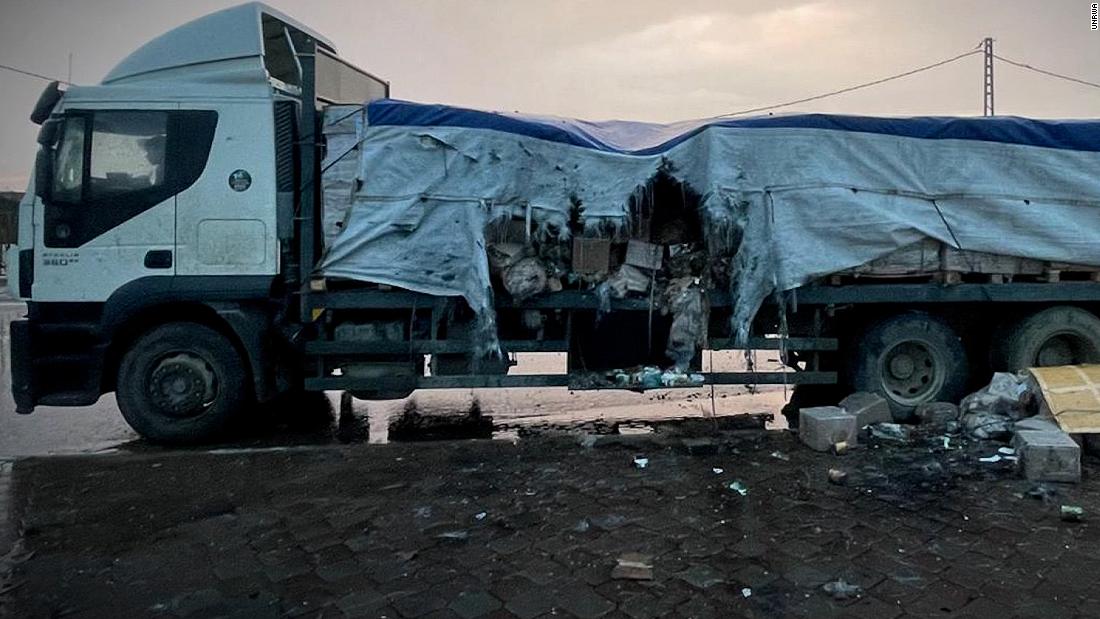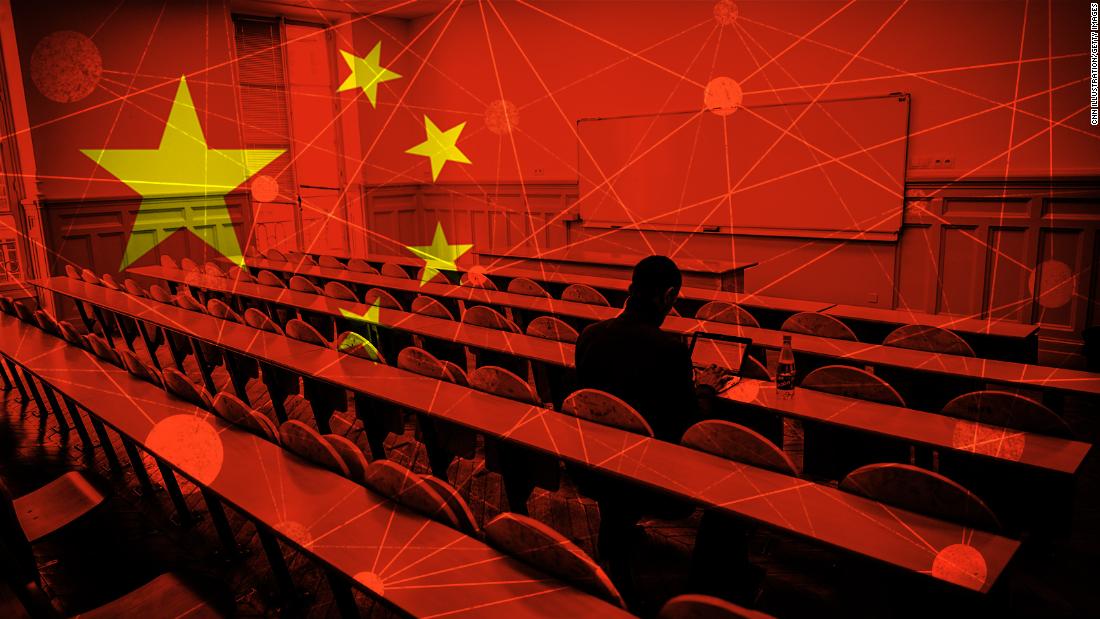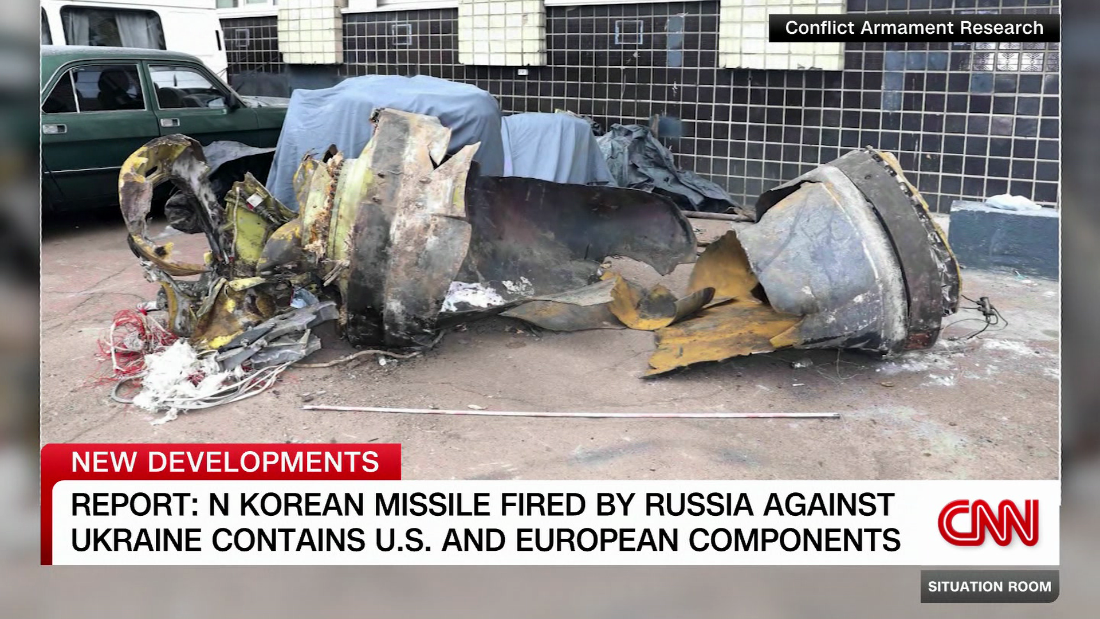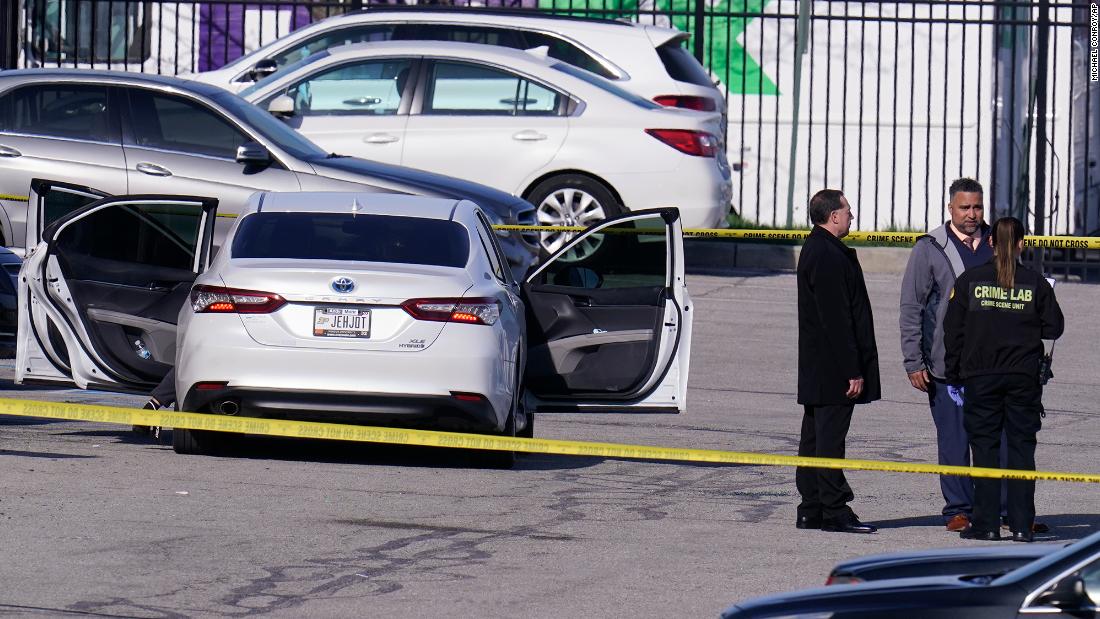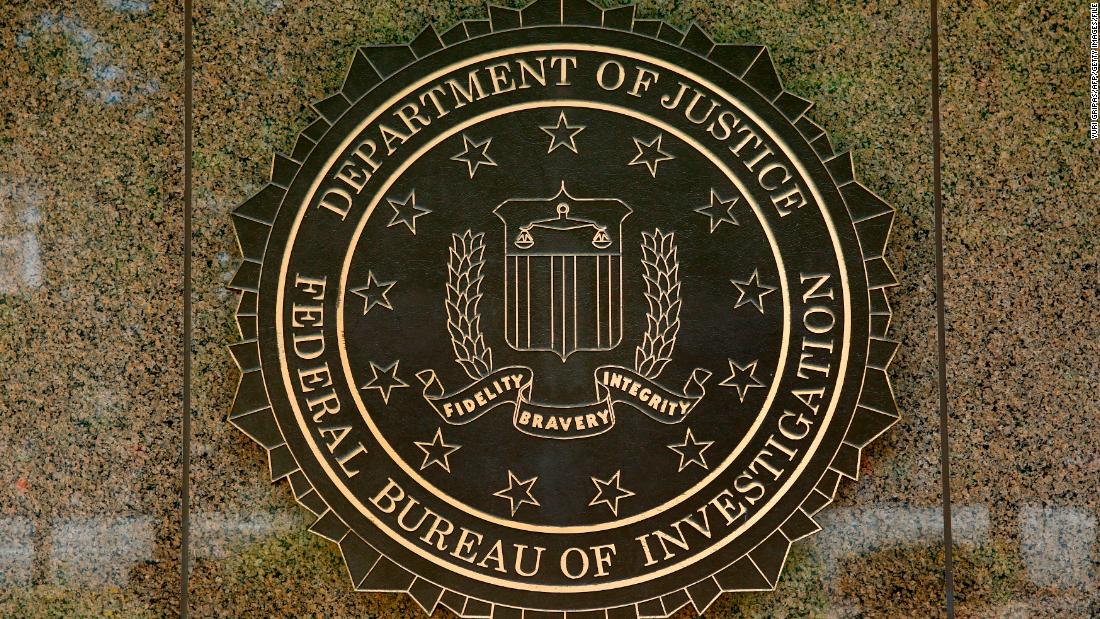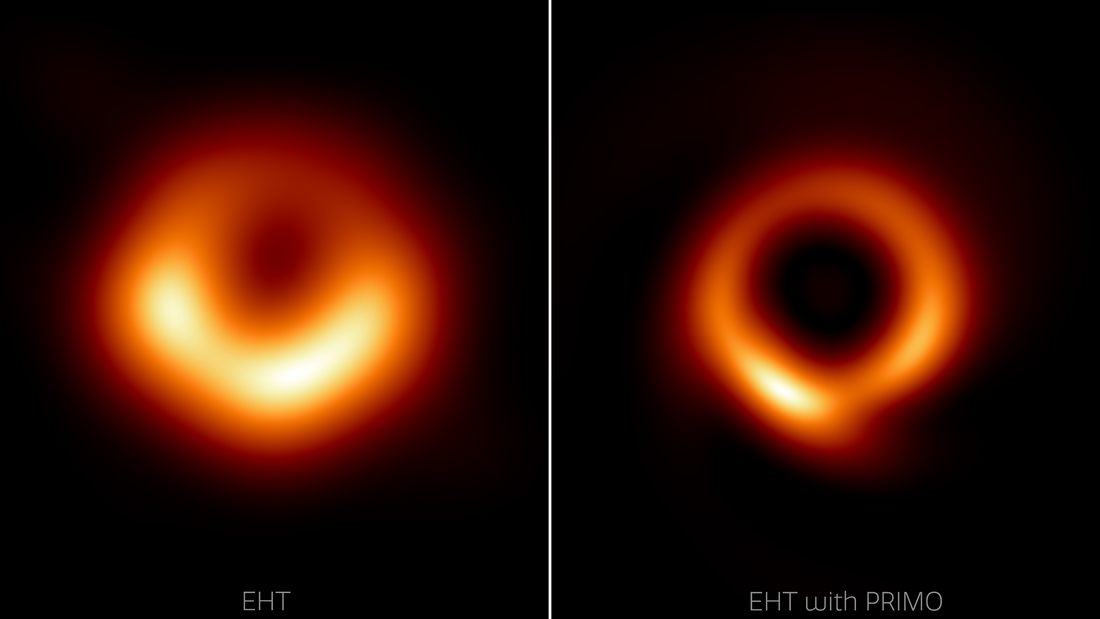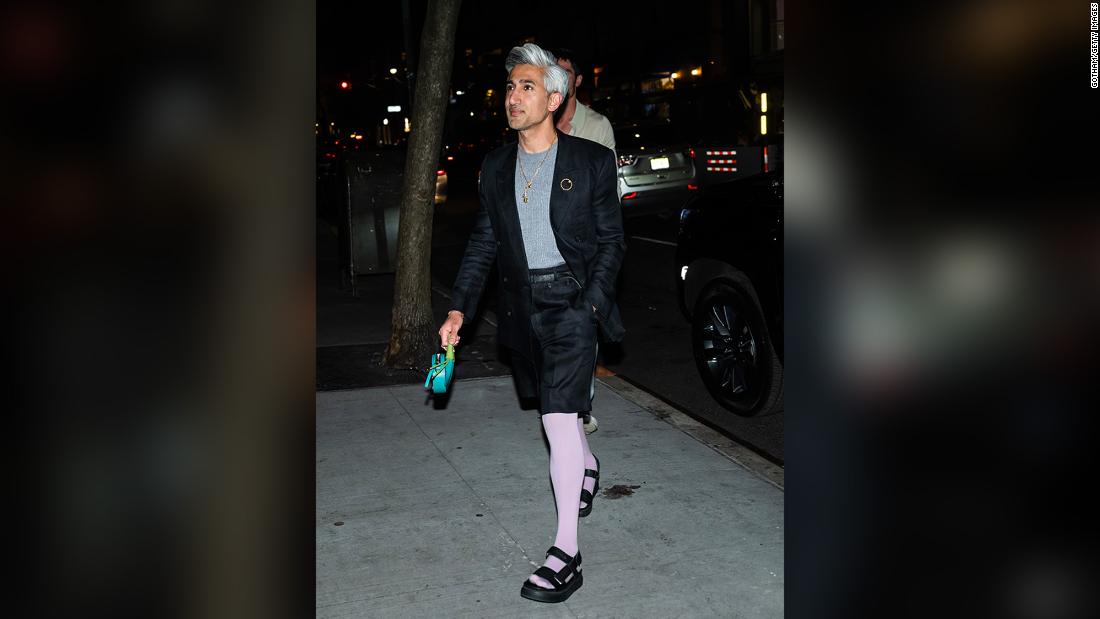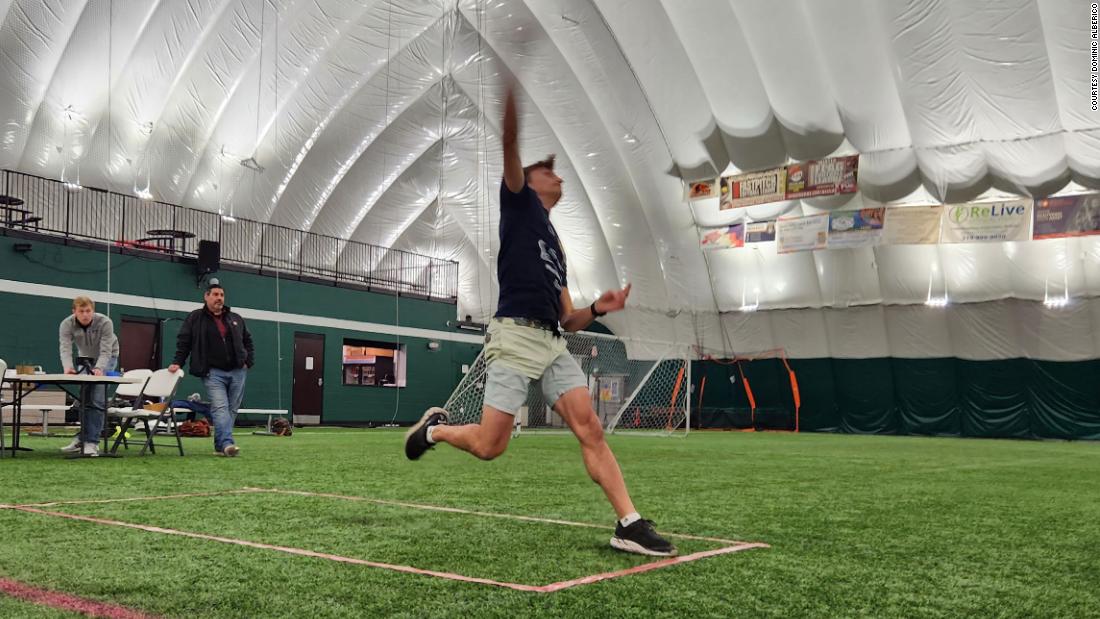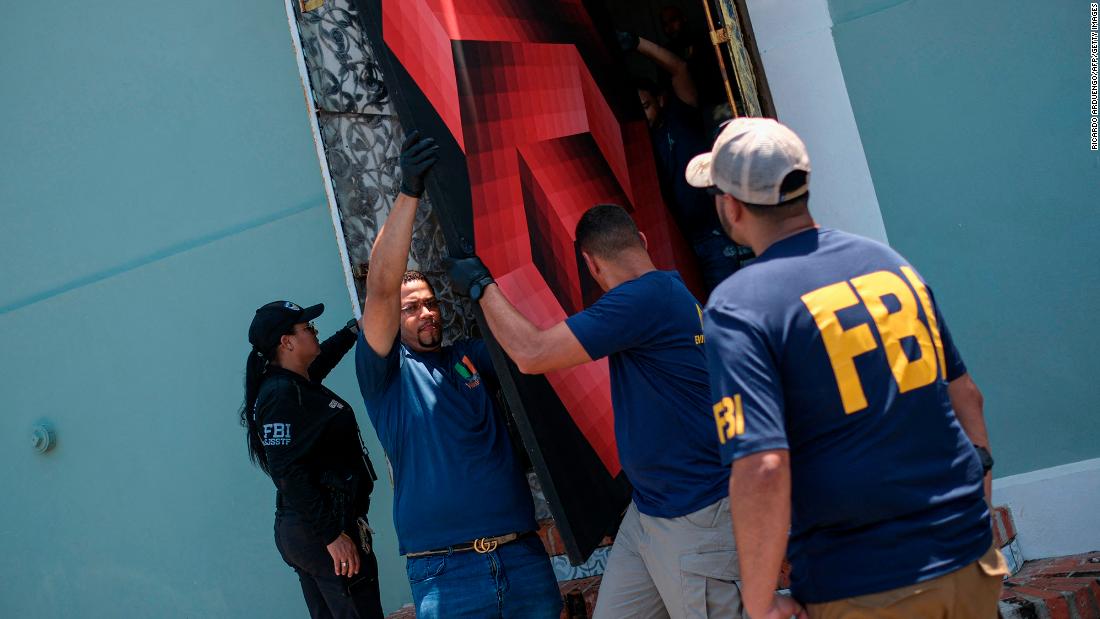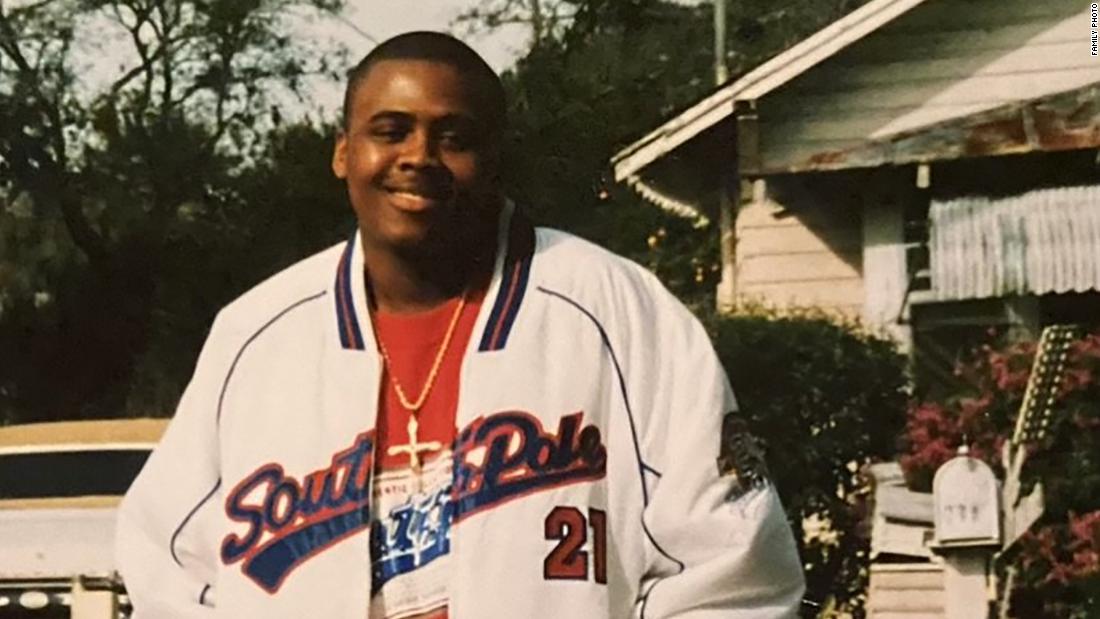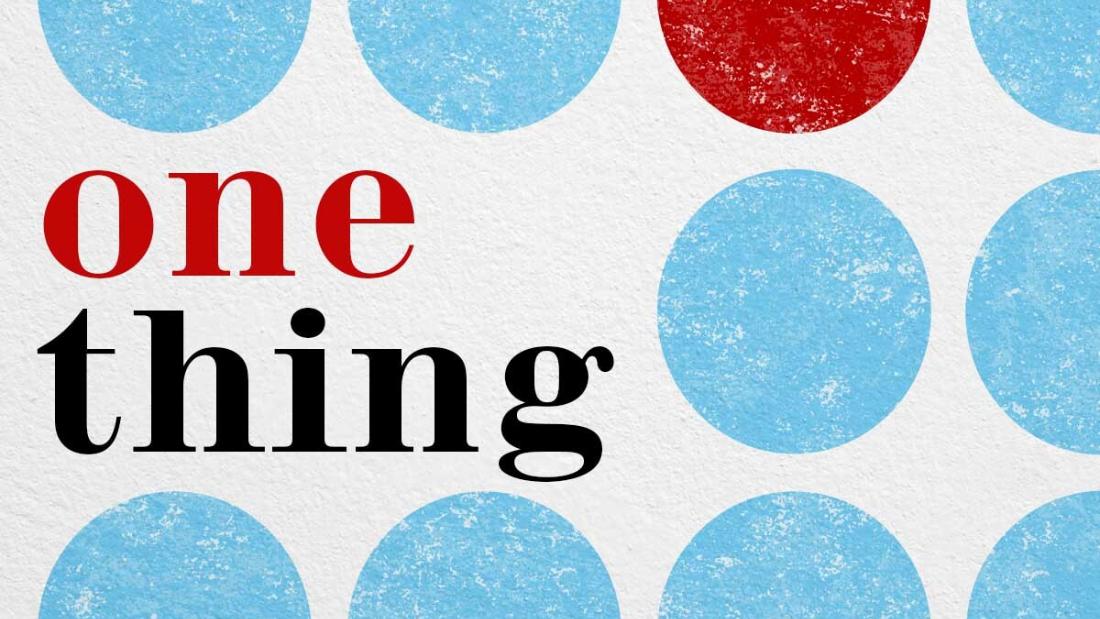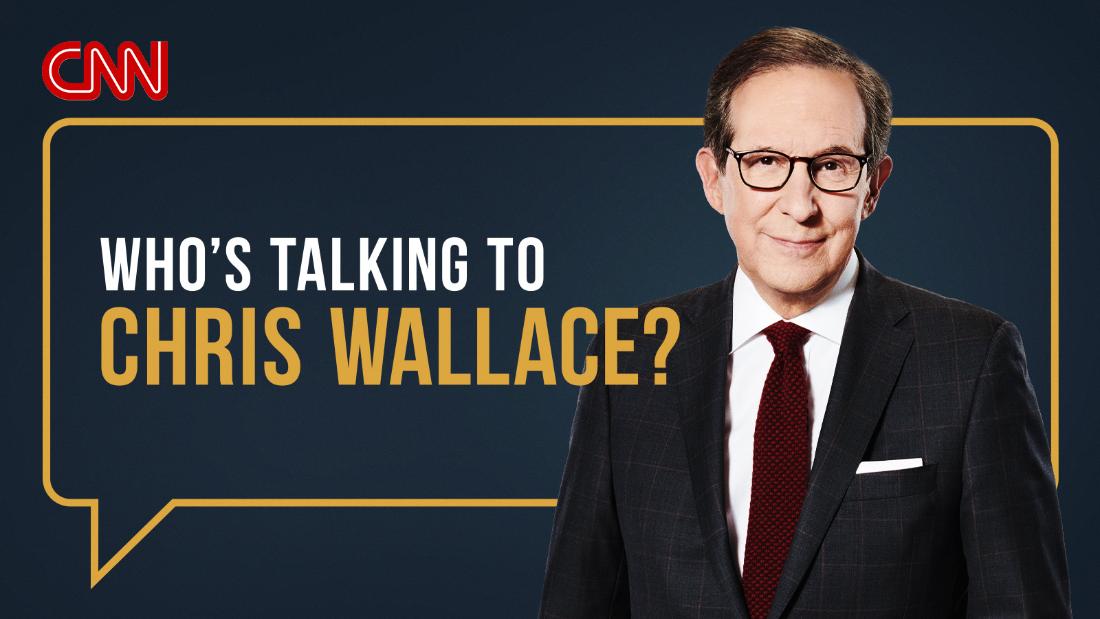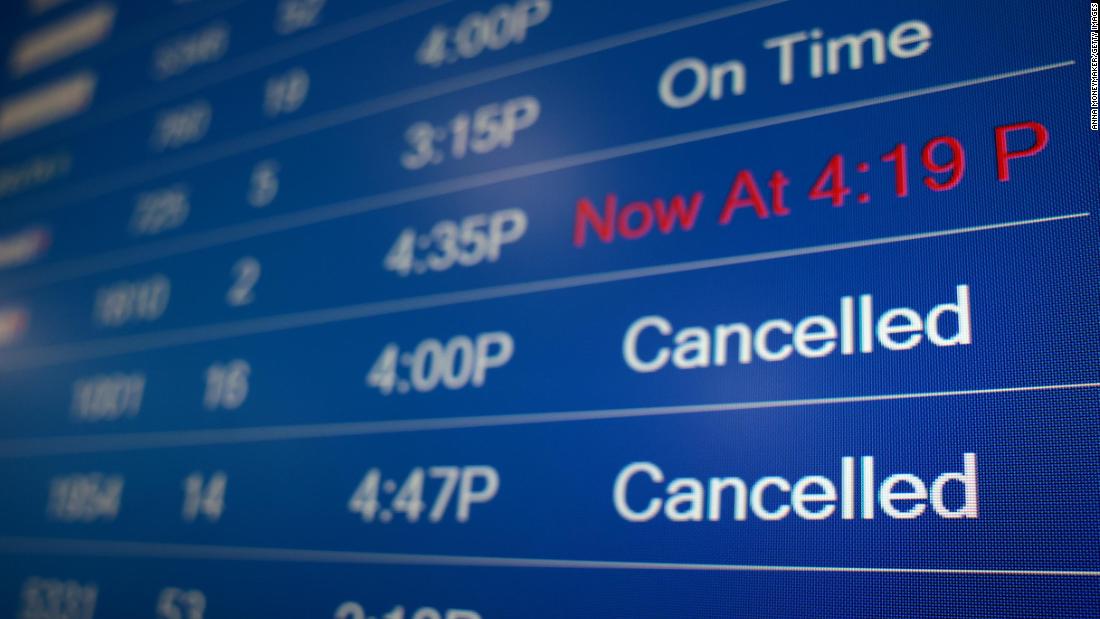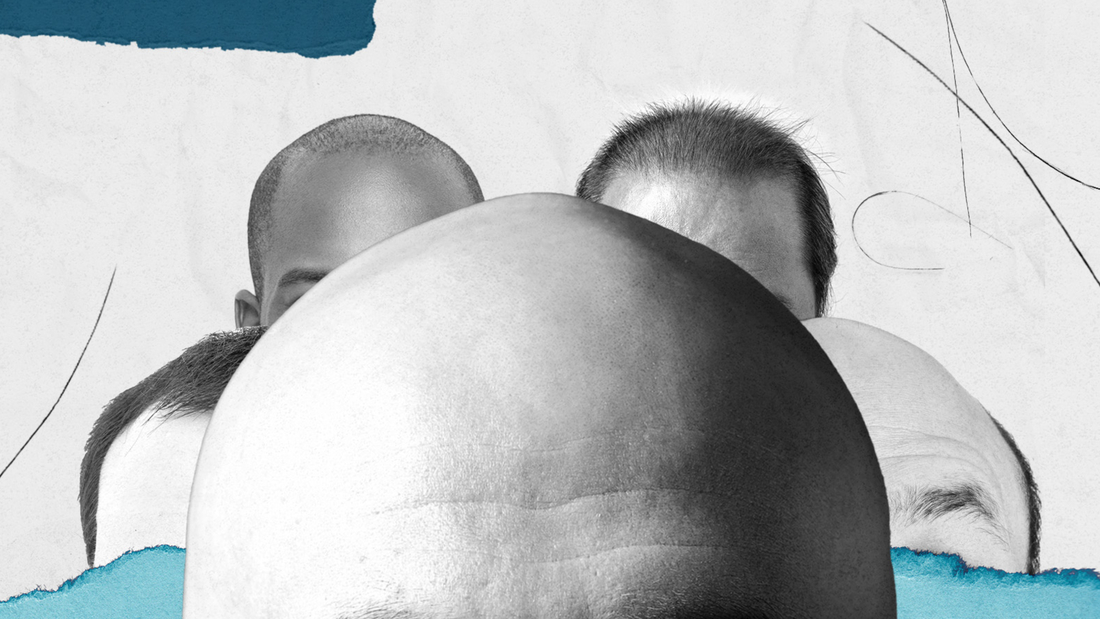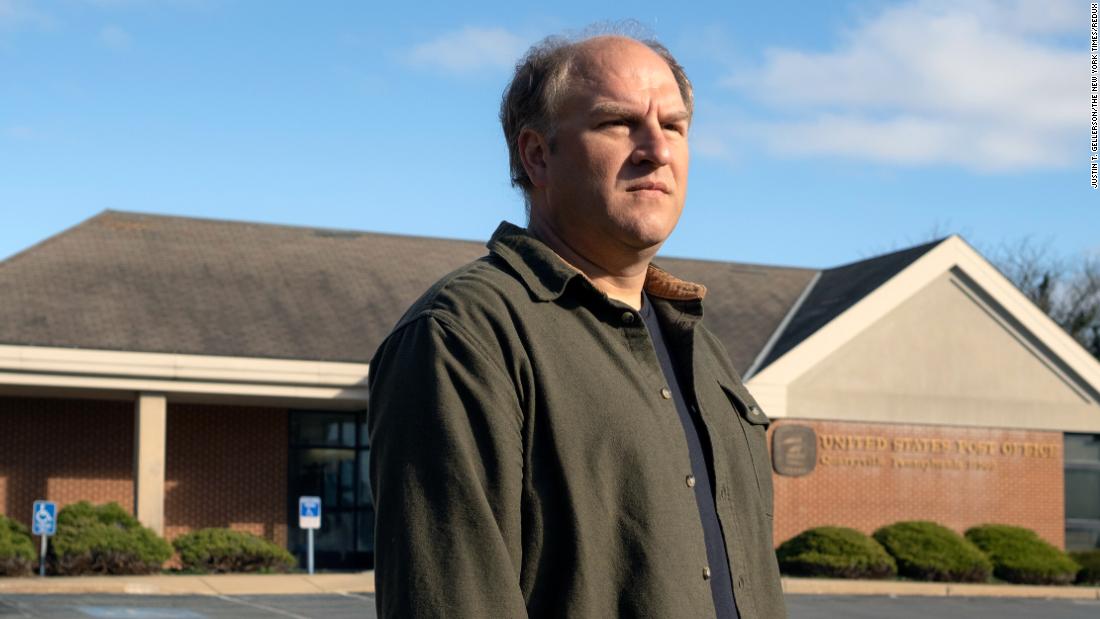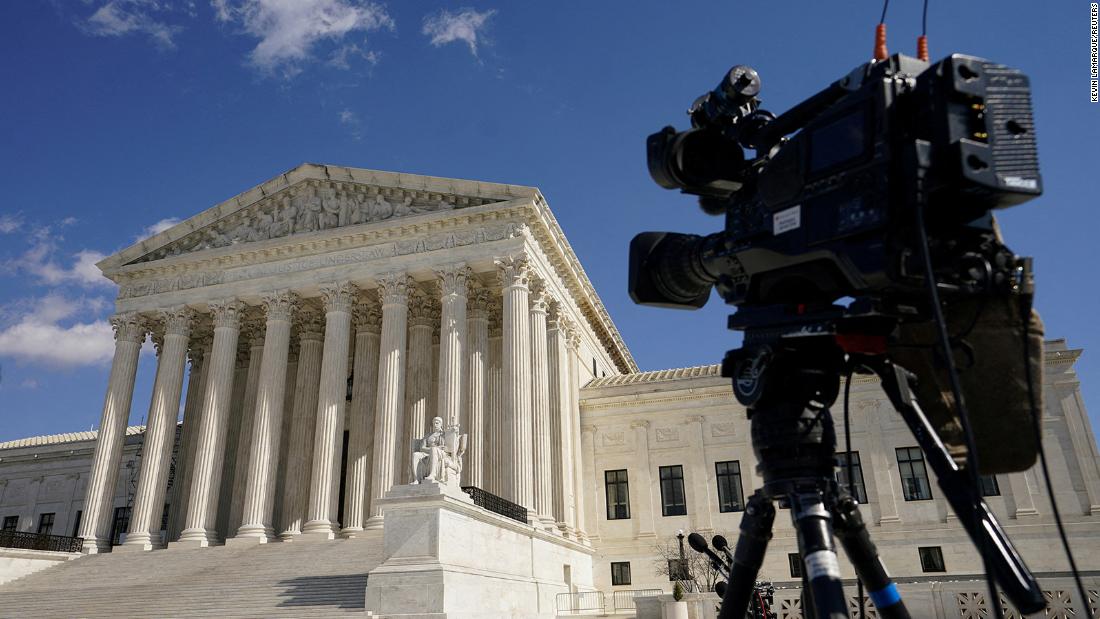FOR Hiroo Onoda, the Second World War did not end in 1945.
The fanatical Japanese soldier did not believe his country had surrendered to to Allies – and carried on the fight for three decades.
GettyPortrait of Lieutenant Hiroo Onoda taken prior to the end of World War Two[/caption]
Former Japanese imperial army soldier Hiroo Onoda walking from the jungle where he had hidden since World War IIAFP
He followed one chilling last order from his commanding officer to the letterGetty
Today marks the 80th anniversary of Victory in Japan (VJ) Day, when Emperor Hirohito announced his county’s unconditional surrender.
But Onoda stubbornly refused to accept this, and holed up on an island in the Philippines with three other comrades to wage a guerrilla campaign of their own.
He followed one chilling last order from his commanding officer to the letter – “do not die”.
Onoda was first deployed to Lubang Island in the Philippines on Boxing Day 1944, when he was just 22 years old.
It was here the young intelligence officer would make his decades long stand.
He explained in 2010: “Every Japanese soldier was prepared for death, but as an intelligence officer I was ordered to conduct guerrilla warfare and not to die.
“I became an officer and I received an order. If I could not carry it out, I would feel shame.”
American and Filipino forces captured Lubang in 1945, which saw more Japanese occupiers either die or surrender.
But Onoda led his squad mates into the island’s mountainous jungle to carry on the struggle.
He remained completely unaware that two atomic bombs had been dropped on Hiroshima and Nagasaki in the final days of the war.
His Emperor’s declaration of surrender would not persuade him to lay down his arms, and he kept on the fight for decades after.
Onada and his three fellow guerrillas were convinced that surrender documents dropped from the skies over the island were a fake.
The band of soldiers survived by eating wild fruit and stolen food from the island’s farms.
During their decades of guerrilla campaigning, around 30 Filipino islanders were killed.
Onada and the other troops would often shoot an “enemy soldier” they believe was disguised as a “farmer or policeman”.
But by the time their campaign came to an end, Onada was the last man standing.
GettyHiroo Onoda saluting after handing over a military sword[/caption]
GettyOnoda listens the order to surrender by former Japanese Imperial Army Major Yoshimi Taniguchi[/caption]
GettyAfter his surrender, he moved to Brazil for a few years for a stint as a cattle rancher[/caption]
One of the group decided to surrender in the 1950s, while the other two died during their struggle.
Onada repeatedly rejected search parties and leaflets dropped that were begging him to lay down arms and surrender.
It wasn’t until his former commanding officer, who was by then working as a bookseller, flew out in 1974 to formally rescind his orders that Onada stood down.
By then, thirty years had passed since he was first deployed to the island.
The 52-year-old handed in his weapons including his sword and Arisaka rifle upon his surrender.
Philippine President Ferdinand Marcos pardoned him for the islanders he had killed, and he returned to a hero’s welcome in Japan.
Finding it difficult to settle back in at home, he moved to Brazil for a few years for a stint as a cattle rancher.
After this, he went back to Japan to run a children’s nature camp outside Tokyo.
Onada would end up leading a long life, passing away in Tokyo in 2014 at the age of 91.
When asked at a press conference upon his return to Japan in the 1970s what he had been doing, he simply said: “Carrying out my orders”.
His commanding officer told him in 1944: “It may take three years, it may take five, but whatever happens we’ll come back for you.”
AFPOnoda offering his military sword to then Philippine President Ferdinand Marcos[/caption]
GettyHe died in Tokyo in 2014 at the age of 91[/caption] Published: [#item_custom_pubDate]













